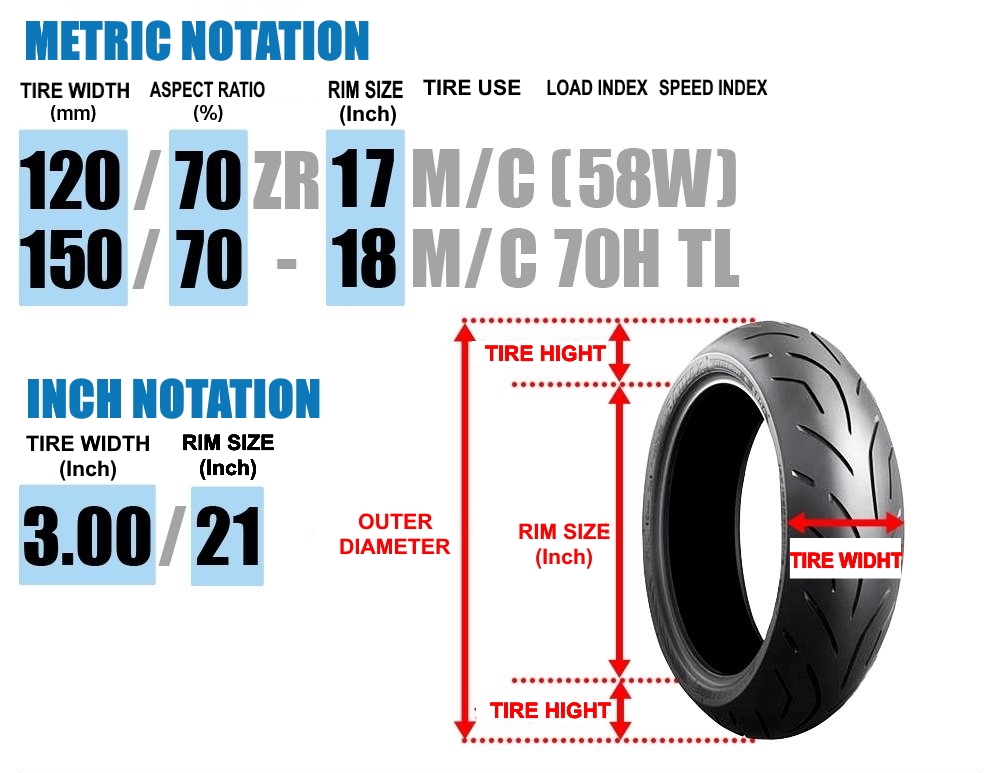There are three things to understand when buying new tires for your car; the size, speed rating, and load index. Making the correct selection is very important to maintain optimal performance, safety, and fuel efficiency.
Fortunately, all of this information is easy to find. You can locate it inside the driver’s door on your car, inside the fuel flap, or inside the glove compartment. Alternatively, you can consult your vehicle documentation and tire manufacturer specifications.
When considering tire size, there are two simple rules to follow.
Firstly, the replacement tires should be the same size, load index and speed rating specification as recommended by the vehicle or tire manufacturer.
Secondly, the replacement tires must never be of a smaller size or load-carrying capacity than the original specification.
What do all these letters and numbers mean? Here’s all the information on the tire sidewall quickly decoded:
The documentation supplied with your vehicle outlines the recommended tire sizes for your car. Compatibility is determined according to its outer dimensions – diameter/rolling circumference and width – and labeled as a standardized tire size indicator on the sidewall.
Also, the size must comply with the vehicle’s requirements regarding speed rating and load range. Together, the load index and speed index make up the full service description for a passenger car tire. It must correspond to the information provided in the vehicle documents.
The load index rating is the maximum capacity of a passenger car tire, calculated from the maximum permissible axle load range between two tires.
The speed index rating is also a relevant factor when choosing a tire. The tire’s speed capability must be at least equivalent to the top speed of the vehicle. Its speed rating indicates the maximum permissible speed (at full load) of a tire, and whether it’s appropriate for your car.
Make your tire size selection in strict accordance with vehicle documents and tire manufacturer recommendations.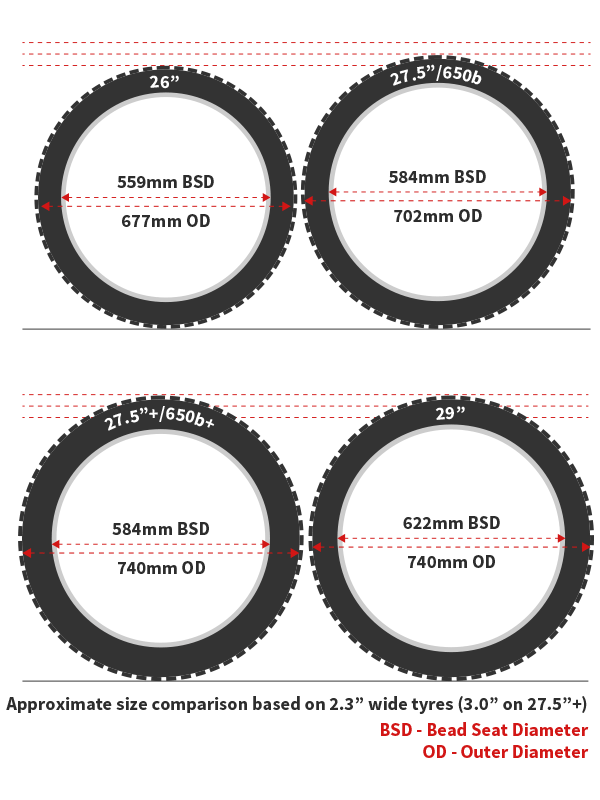 If the combined wheel and tire diameter aren’t correctly matched, there may be drastic differences in ride height and speedometer readings.
If the combined wheel and tire diameter aren’t correctly matched, there may be drastic differences in ride height and speedometer readings.
For example, fitting 17-inch-diameter wheels to a car that is designed to have 14-inch-diameter wheels will change the ride height. That means the car body will be higher off the ground. There will also be a slight increase in top speed, and the speedometer will no longer be accurate. Last but not least, the car will accelerate slower.
Switching to different tire sizes can only be done in compliance with all legal requirements and regulations – plus the recommendations of the vehicle, wheel, and tire manufacturers. At the very least, the wheel must have complete freedom of circular motion and the tire’s adequate load capacity must be observed.
The internal construction of tires fitted on any vehicle must either be radial or bias-ply. Fitting mixed tire constructions (bias-ply and radial together) for cars, caravans, and other light trucks is unsafe and illegal. The only permissible exception is the use of a spare tire for an emergency.
The only permissible exception is the use of a spare tire for an emergency.
Concerning the choice of wheels or rims, the same guidelines apply. Motorists must use the standard wheels or rims approved by the vehicle manufacturer as recommended.
For optimal safety and performance, replace all four tires at the same time. While it is possible to switch out less than four tires at the same time, you should follow a couple of guidelines regarding tire size.
If only replacing one or two tires, for example, ensure that each one is the same size and has the same load index and speed rating as specified by the car manufacturer.
When replacing only two tires, fit both of them to the wheels on the rear axle. The reason for this is that the newer tires will have much better grip, particularly on wet roads, and reduce the risks of hydroplaning.
Replacing only a single tire is not advisable, as it can impact vehicle suspension or transmission and produce excessive wear on the tire tread. But if replacing only one tire is unavoidable, then pair the single replacement tire with the tire that has the deepest tread depth, then fit both to the rear axle.
But if replacing only one tire is unavoidable, then pair the single replacement tire with the tire that has the deepest tread depth, then fit both to the rear axle.
The fastest way to the perfect tire.
Select tiresize or Show results
Home > Company > Tire Safety > Choosing Tires > Determining Tire Size
Once you have determined it’s time to buy tires, you’ll need to know what size tires are correct for your vehicle. Depending on what you drive, you may be interested in how to find the right tire for your…
This information is usually inside your car’s doorjamb, in your owner’s manual.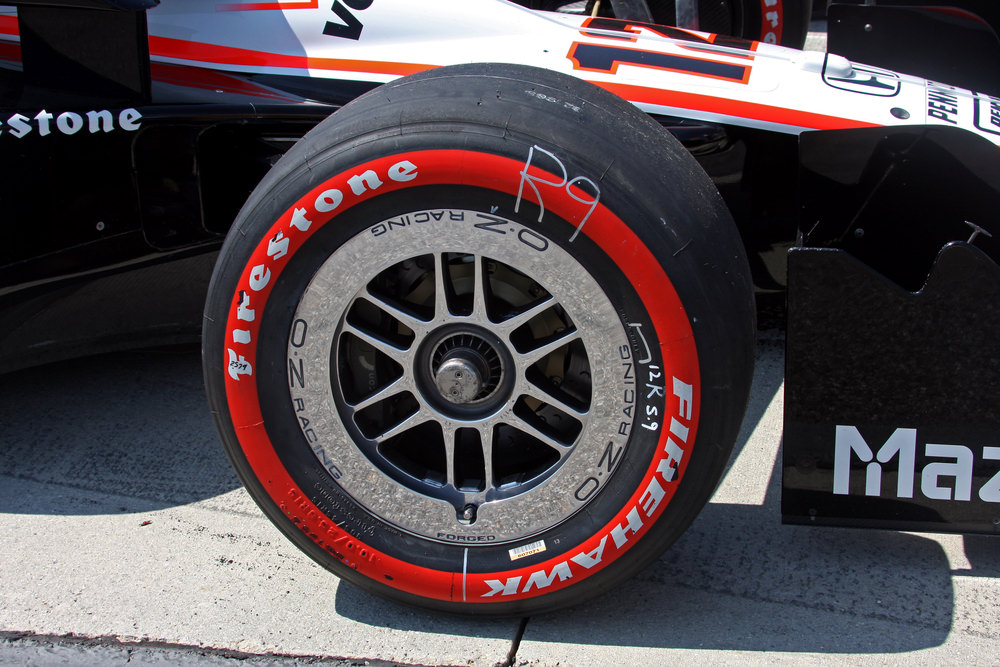 To ensure your current tire or a replacement tire you may be looking at matches your vehicle’s requirements, it will be good for you to understand how tire sizing works. You may have never paid attention to the string of numbers and letters on every tire, but it’s a gold mine of information.
To ensure your current tire or a replacement tire you may be looking at matches your vehicle’s requirements, it will be good for you to understand how tire sizing works. You may have never paid attention to the string of numbers and letters on every tire, but it’s a gold mine of information.
If you’re unsure of how to read tire measurements from your tire walls, the information and graphics below will tell you how to read tire size, understand and interpret it. If you decide you want to substitute a new size or tire type, consult an authorized tire retailer who can expertly advise you, because many optional tire sizes may have different load capacities and could require wheels of a different rim width or diameter and different inflation pressure.
Not sure you need new tires? Our Tire Replacement Guidance article will help you determine whether it’s time to retire your tires.
Most passenger cars, SUVs and light pickups (1/2 ton and smaller) will come with tires that are either P-Metric or Euro-Metric.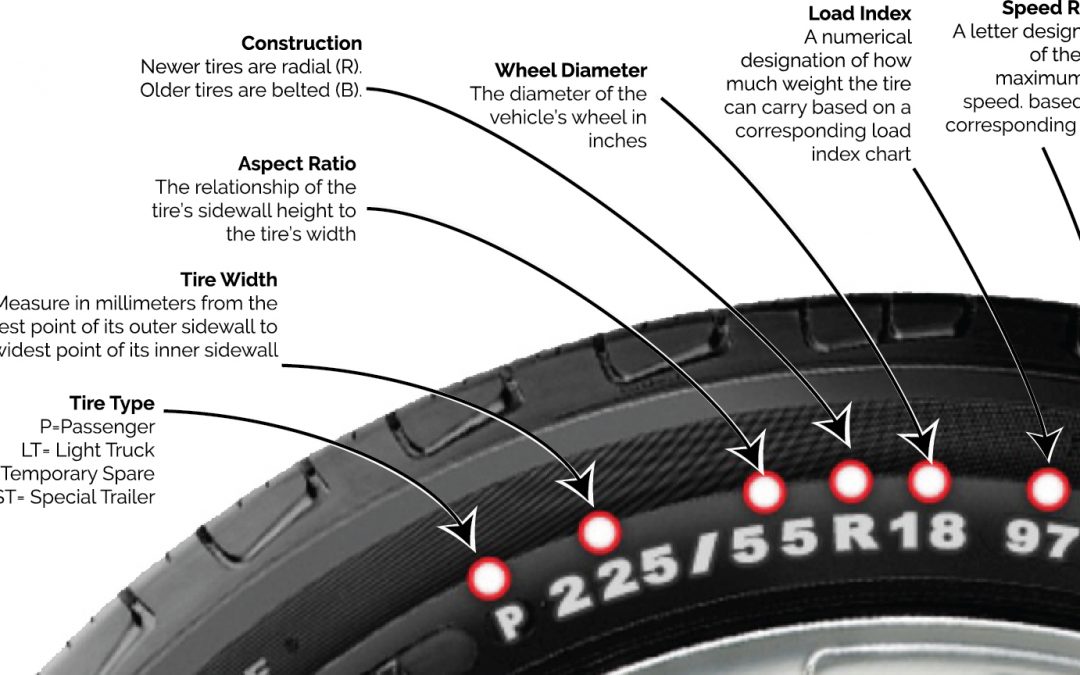 For P-Metric tires, you’ll see the letter “P” before the number sequence begins: P225/70R16 97H. P-metric is a designation standardized by the Tire and Rim Association for a “passenger car” tire type. For Euro-Metric there will be no preceding letter before the number sequence begins: 225/70R16 98H. Euro-Metric is a designation standardized by the European Tyre and Rim Technical Organization for a “passenger car” tire type. Both P-Metric and Euro-Metric size tires are designed to primarily be used on passenger vehicles, which can include cars, minivans, SUVs, and other light duty pickup trucks.
For P-Metric tires, you’ll see the letter “P” before the number sequence begins: P225/70R16 97H. P-metric is a designation standardized by the Tire and Rim Association for a “passenger car” tire type. For Euro-Metric there will be no preceding letter before the number sequence begins: 225/70R16 98H. Euro-Metric is a designation standardized by the European Tyre and Rim Technical Organization for a “passenger car” tire type. Both P-Metric and Euro-Metric size tires are designed to primarily be used on passenger vehicles, which can include cars, minivans, SUVs, and other light duty pickup trucks.
If your vehicle is an SUV, Pickup truck or van, you might see a different type of size designation on your placard that is specific for heavy duty light trucks and vans, especially common on ¾ ton and larger pickup trucks and vans. There are two common size types in this category, LT-Metric and Euro-Metric Commercial (aka C-type). Both size types are metric and so use the same structure as P-Metric and Euro-Metric but have some different characters in the size that differentiate them from their passenger car cousins. LT-Metric tires will have the letters “LT” before the size number sequence: LT245/75R17 119/116R Load Range E. Notice that there are two load index numbers and a Load Range, see the section on Load Index for more info. LT-Metric is a designation standardized by the Tire and Rim Association for a “light truck” type tire. Euro-Metric Commercial or C-Type tires will look very similar to a passenger Euro-Metric size except that there will be a “C” right after the rim size: 23/65R16C 121/119R. Notice that the C-type tires also have two load index numbers. Euro-Metric Commercial, or C-Type is a designation standardized by the European Tyre and Rim Technical Organization for a light truck type tire. Light truck tires are designed to be used on vehicles capable of carrying heavy cargo and are usually only specified by a vehicle manufacturer on vehicles exceeding a certain load capacity.
LT-Metric tires will have the letters “LT” before the size number sequence: LT245/75R17 119/116R Load Range E. Notice that there are two load index numbers and a Load Range, see the section on Load Index for more info. LT-Metric is a designation standardized by the Tire and Rim Association for a “light truck” type tire. Euro-Metric Commercial or C-Type tires will look very similar to a passenger Euro-Metric size except that there will be a “C” right after the rim size: 23/65R16C 121/119R. Notice that the C-type tires also have two load index numbers. Euro-Metric Commercial, or C-Type is a designation standardized by the European Tyre and Rim Technical Organization for a light truck type tire. Light truck tires are designed to be used on vehicles capable of carrying heavy cargo and are usually only specified by a vehicle manufacturer on vehicles exceeding a certain load capacity.
Other types of tires that fall into the Metric sizing type are Temporary Spares, they start with “T”.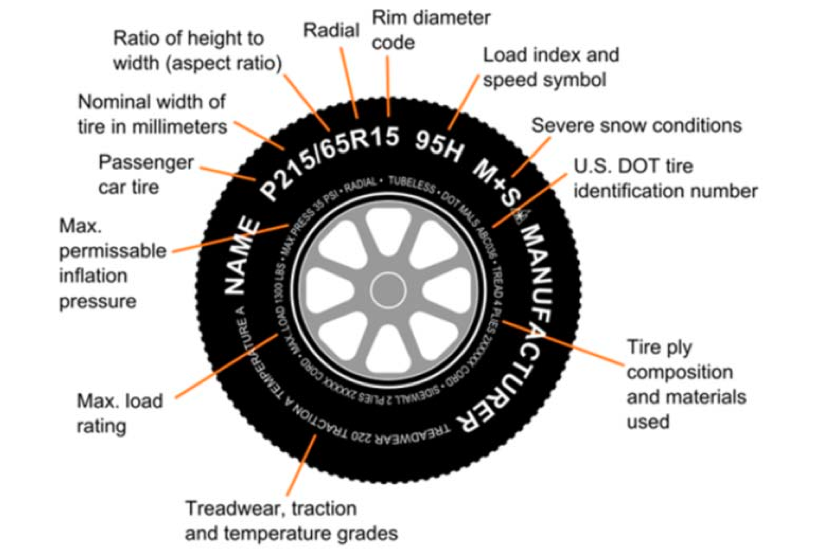 If you see a size that starts with “ST,” that means “special trailer” and is only for use on a trailer.
If you see a size that starts with “ST,” that means “special trailer” and is only for use on a trailer.
Regardless of whether you are looking at a P-Metric, Euro-Metric, LT-Metric, Euro-Metric Commercial, T or ST tire the numbers in the size mean the same thing.
The first number to appear in your tire size information is the width, in millimeters, of the correct tires for your vehicle: P225/70R16 91S.
Tire width always refers to the measurement from one sidewall to another. Thus, a tire with the measurement “P225” is for a passenger vehicle and has a nominal width of 225 millimeters.
After the slash mark, the next number you see is for the tire’s aspect ratio, which essentially tells you how tall your tire’s profile is: P225/70R16 91S. Aspect ratios are delivered in percentages. Tire makers calculate the aspect ratio by dividing a tire’s height off the rim by its width.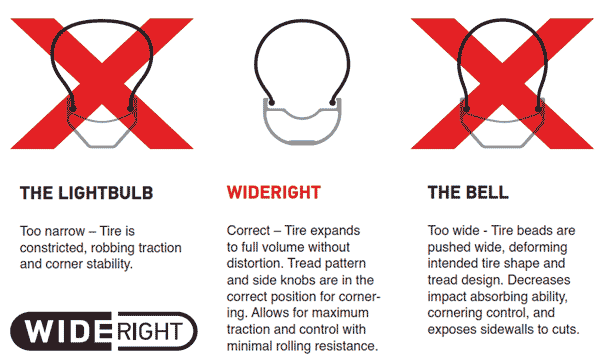 If a tire has an aspect ratio of 70, it means the tire’s height is 70% of its width.
If a tire has an aspect ratio of 70, it means the tire’s height is 70% of its width.
Lower aspect ratio tires, such as a 60 series, generally offer vehicle handling performance advantages over higher aspect ratio tires, such as a 75 series, but a typical trade off can be ride harshness.
After the aspect ratio comes a letter that indicates the type of internal construction maintaining your tire’s stability: P225/70R16 91S.
There are two types of construction that you may see on the sidewall of a tire:
Radial tires are the most common tires on the road in the United States today; thus “R” will usually be shown in the tire size designation. Radial construction means the tire’s internal ply cords are oriented in a radial direction, from one bead over to the other, essentially perpendicular to the direction of rotation. You may also occasionally see RF indicating a run flat tire or ZR indicating a tire that is a speed rating higher than V.
You may also occasionally see RF indicating a run flat tire or ZR indicating a tire that is a speed rating higher than V.
The next number is the diameter code, in inches, of the rim onto which the tire can be mounted. For example, a tire with the P225/70R16 91S would fit a rim with a 16-inch diameter.
Load index can be a confusing subject because there are so many different caveats, but we will try to explain everything here.
The next figure after the rim size in the sequence is your tire’s load index, which tells us how much weight, in pounds, the tire can support when fully inflated: P225/70R16 91S
We call it the load “index” because the number doesn’t tell us the precise number of pounds the tire can carry, at least not by itself. However, the number does correspond to a specific load capacity listed in an index.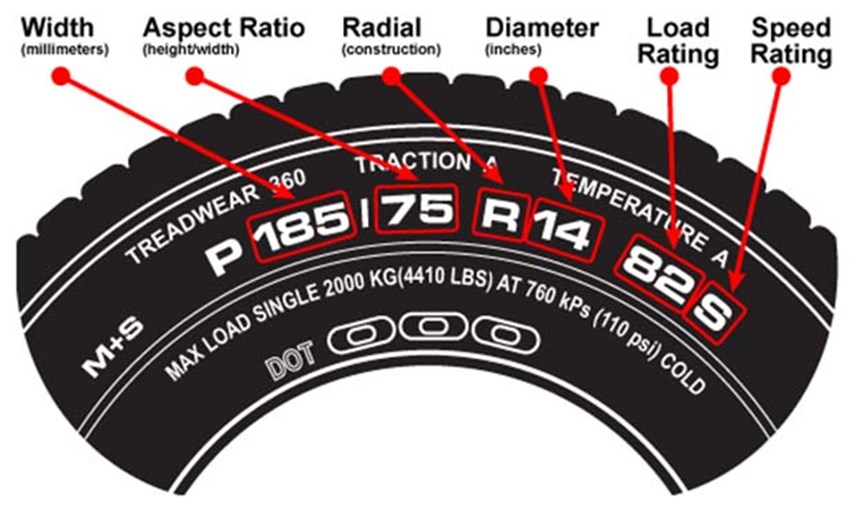 Beginning with 1 and ending with 150, numbers in the load index represent carrying capacities of 99 to 7385 lbs.
Beginning with 1 and ending with 150, numbers in the load index represent carrying capacities of 99 to 7385 lbs.
There are two types of load types for passenger tires though, Standard Load and Extra Load. If a tire is Standard Load there will be no markings indicating it but if it is Extra Load the letters XL will appear after the size and load index.
Standard Load Euro-Metric: 215/55R17 94V
Extra Load Euro-Metric: 215/55R17 98V XL
Passenger car tires like P-Metric and Euro-Metric will only have one load index number where LT-Metric and Euro-Metric Commercial (C-Type) will have two numbers separated by a slash. The first number is the load index if the tire is used in a single application, the second number is the load index if the tire is used in a dual application. Passenger type tires cannot be used in a dual application. Light truck tires will also have a Load Range that is indicated by a letter, such as Load Range E. Load Range is an older term that is still commonly used in the industry so you may hear your tire dealer reference it but the load index numbers are the best way to ensure you have the proper tire.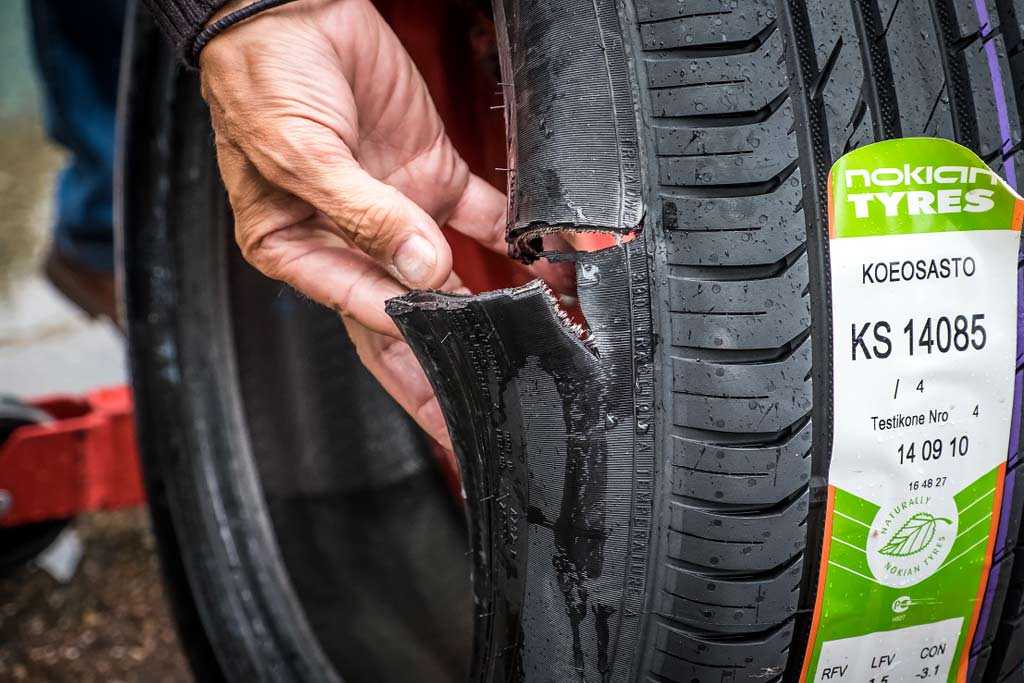
One important but often misunderstood facet about load index is that the load index numbers between standards organizations (P-Metric vs Euro-Metric) are not necessarily on the same scale. Meaning that two tires in the two different systems that have the same load index number could have different maximum load capacities. This is why it’s important to not only look at the load index number but also verify the actual load capacity.
The final figure in a tire size sequence is the speed rating, which is indicated by a letter: P225/70R16 91S. Just as your load index number corresponds to a specific load, your speed rating letter corresponds to a particular speed capability based on a standardized laboratory test.
For example, a tire with speed rating “S” is rated for up to 112 mph, while a tire rated “R” is up to 106 mph. Remember that this isn’t a recommended cruising speed. Of course, you should always follow legal speed limits on roadways.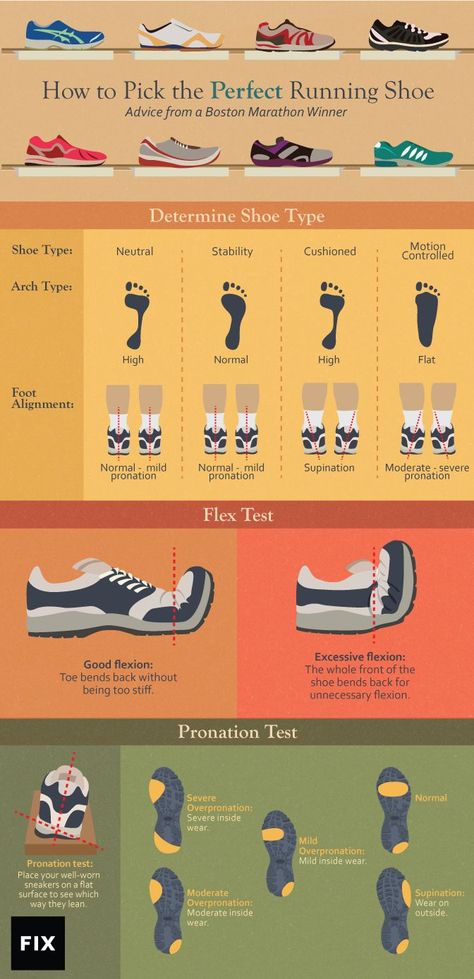
Replacement tires must have the same or higher speed rating as the vehicle’s Original Equipment to maintain vehicle speed capability. If a vehicle has tires with different speed ratings, it is the speed rating of the “slowest” tire that dictates the vehicle top speed.
There is one last sizing type that you should know about, especially if you are in the market for off road tires for a light truck or SUV. It’s called a Flotation size and the numbers in this sizing format are very different from the Metric formats. Flotation sized tires are similar to LT-Metric tires in application except for a few important points. Number one, they cannot be used in dual applications and number two, an equivalent size tire may have different load capacity than its LT-Metric counterpart.
The first number in the Flotation tire size is the overall diameter in inches. Pretty straight forward.
Pretty straight forward.
The second number is the section width (sidewall to sidewall) measurement in inches. Again, fairly simple.
After the section width comes a letter that indicates the type of internal construction: 33X12.50R17LT 120Q.
This is the same as is found in the metric sizing systems.
There are two types of construction that you may see on the sidewall of a tire:
Radial tires are the most common tires on the road in the United States today; thus “R” will usually be shown in the tire size designation. Radial construction means the tire’s internal ply cords are oriented in a radial direction, from one bead over to the other, essentially perpendicular to the direction of rotation.
The next number is the diameter code, in inches, of the rim onto which the tire can be mounted. For example, a tire with the 33X12.50R17LT 120Q would fit a rim with a 17-inch diameter.
For example, a tire with the 33X12.50R17LT 120Q would fit a rim with a 17-inch diameter.
The letters LT will be after the Rim Diameter indicating that this tire type is intended for Light Truck vehicles similar to the LT-Metric and Euro-Metric Commercial (C-Type) tires.
Load Index and Speed Rating have the same meaning and format as the tires using the metric sizing system. Note that since flotation tires cannot be used in a dual application there will be only one load index number instead of two.
Another group of stamping on certain types of tires is the Uniform Tire Quality Grading or UTQG. This grading and stamping is required for passenger car tires (i.e. P-metric and Euro-metric) in the all season and summer categories.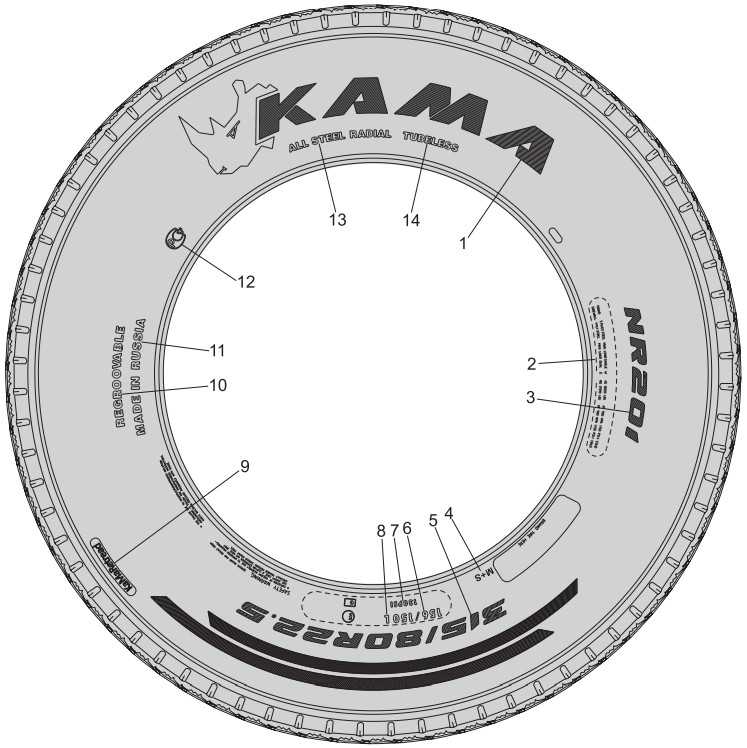 Dedicated winter tires, Light Truck (LT-Metric, Euro-Metric Commercial, Flotation) and Motorcycle tires are excluded from this requirement.
Dedicated winter tires, Light Truck (LT-Metric, Euro-Metric Commercial, Flotation) and Motorcycle tires are excluded from this requirement.
Quality grading is designed to make the tire purchase decision easier for you. Ideally, the system is intended to provide simple, comparative data so you can make an intelligent buying decision. However, the ratings are based upon test results achieved under special conditions. This means it’s possible to misinterpret the comparative data as it relates to your individual driving habits, conditions, etc. You should still rely on your service or tire professional for assistance.
Quality grading designates the comparative performance levels of a tire based on government-specified tests but commissioned by the individual tire manufacturers. All tire manufacturers are required to grade regular and all-season passenger tires in three categories:
UTQG
Treadwear
The treadwear grade is a comparative rating based on the wear rate of the tire when tested under controlled conditions on a specified government test course for 6,000 miles (9,600 km). For example, a tire graded 150 would wear one and a half times as well on the government course as a tire graded 100. However actual tire performance depends on driving habits, road characteristics, service practices, and other factors that can influence the outcome.
For example, a tire graded 150 would wear one and a half times as well on the government course as a tire graded 100. However actual tire performance depends on driving habits, road characteristics, service practices, and other factors that can influence the outcome.
Traction Grades AA, A, B and C
The traction grades from highest to lowest are AA (the highest), A, B and C. They represent how well tires stop on wet pavement as measured under controlled conditions on specified government test surfaces of asphalt and concrete. C-rated tires will have the lowest traction performance.
WARNING: THE TRACTION GRADE ASSIGNED IS BASED ON A WET BRAKING (STRAIGHT AHEAD) TRACTION TEST AND DOES NOT INCLUDE CORNERING (TURNING) TRACTION.
Temperature Grades A, B and C
The temperature grades A, B, and C represent the tire's resistance to the generation of heat and its ability to dissipate heat when tested under controlled conditions on a specified indoor laboratory test wheel.![]() Sustained high temperature can cause the tire’s material to degenerate and reduce tire life, and excessive temperature can lead to sudden tire failure. The grade C corresponds to a performance level all passenger car tires must meet under the Federal Motor Vehicle Safety Standard No. 109. Grades A and B represent higher levels of performance on the laboratory test wheel than the minimum required by law.
Sustained high temperature can cause the tire’s material to degenerate and reduce tire life, and excessive temperature can lead to sudden tire failure. The grade C corresponds to a performance level all passenger car tires must meet under the Federal Motor Vehicle Safety Standard No. 109. Grades A and B represent higher levels of performance on the laboratory test wheel than the minimum required by law.
WARNING: THE TEMPERATURE GRADE IS ESTABLISHED FOR A TIRE THAT IS PROPERLY INFLATED AND NOT OVERLOADED. EXCESSIVE SPEED, UNDER INFLATION, OR EXCESSIVE LOADING, EITHER SEPARATELY OR IN COMBINATION, CAN CAUSE HEAT BUILDUP AND POSSIBLE TIRE FAILURE.
DOT Quality Grades
All passenger car tires must conform to other federal requirements in addition to these grades.
Learn about our mission, our achievements, and our ongoing commitments
Read Our Origin Story
The issue of selecting tires for disks has always been relevant for motorists, since every self-respecting driver needs to know certain parameters.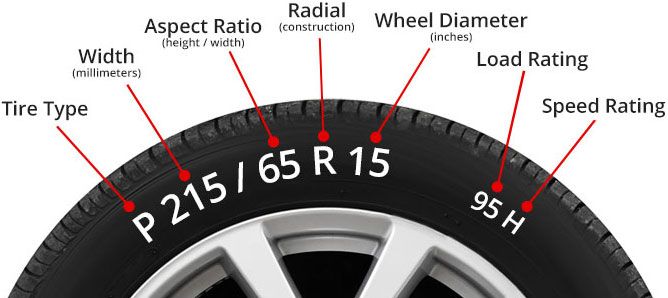 If the characteristics are not known and these parameters are not followed, the car will experience a significant deterioration in performance, which seriously threatens safety.
If the characteristics are not known and these parameters are not followed, the car will experience a significant deterioration in performance, which seriously threatens safety.
In order to match rubber to the wheels as accurately as possible, you should first study the marking of the wheels:
Wheel marking with dimensions R13 4x98 ET35 J5 D58.6
It is the latter that plays a major role in matching tires and wheels. In order to choose the right wheels for tires on passenger cars, you can use the table compiled by the specialists of Avtotire Kom. Or you can use the selection of discs for the car by clicking on the link .
Tire/Rim Matching Chart
| Disc diameter | Tire size | Wheel rim width (inches) | ||
| Minimum | Recommended | Maximum | ||
| 13" | 135/80R13 | 3.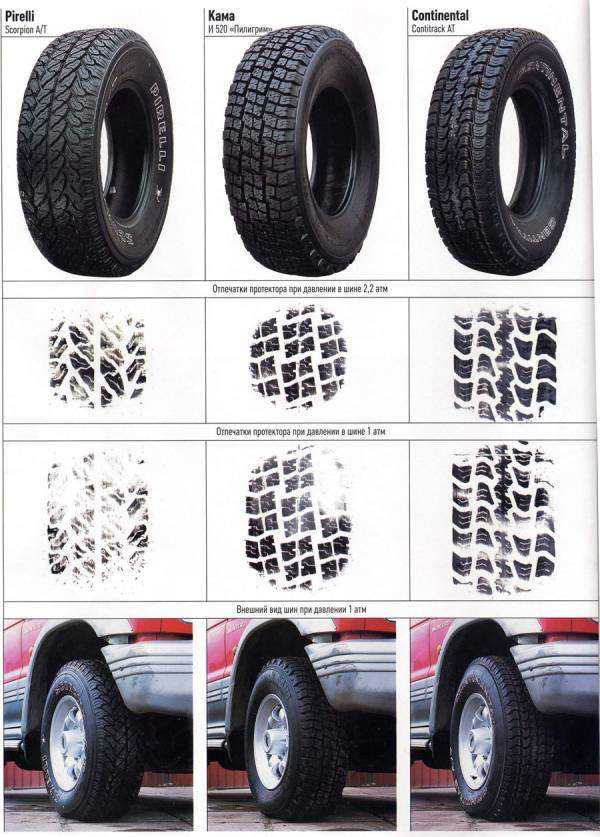 5 5 | 3.5 | 4.5 |
| 145/80R13 | 3.5 | 4 | 5 | |
| 155/80R13 | 3 | 4.5 | 5 | |
| 165/80R13 | 4 | 4.5 | 5.5 | |
| 165R13 | 4.5 | 5 | 6 | |
| 14" | 175/80R14 | 4.5 | 5 | 6 |
| 185/80R14 | 4.5 | 5 | 6 | |
| 13" | 135/70R13 | 3.5 | 4 | 4.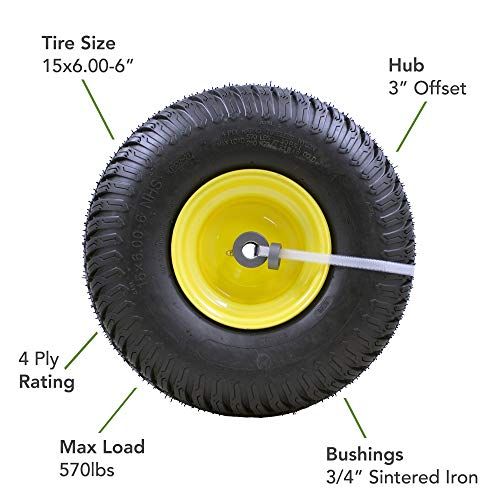 5 5 |
| 145/70R13 | 3.5 | 4.5 | 5 | |
| 155/70R13 | 4 | 4.5 | 5 | |
| 165/70R13 | 4 | 5 | 5.5 | |
| 175/70R13 | 4.5 | 5 | 6 | |
| 185/70R13 | 4.5 | 5.5 | 6 | |
| 14" | 165/70R14 | 4 | 5 | 5.5 |
| 175/70R14 | 4.5 | 5 | 6 | |
| 185/70R14 | 4. 5 5 | 5.5 | 6 | |
| 195/70R14 | 5 | 6 | 6.5 | |
| 13" | 155/65R13 | 4.5 | 4.5 | 5.5 |
| 165/65R13 | 4.5 | 5 | 6 | |
| 175/65R13 | 5 | 5 | 6 | |
| 14" | 155/65R14 | 4.5 | 4.5 | 5.5 |
| 165/65R14 | 4.5 | 5 | 6 | |
| 175/65R14 | 5 | 5 | 6 | |
| 185/65R14 | 5 | 5. 5 5 | 6.5 | |
| 195/65R14 | 5.5 | 6 | 7 | |
| 15" | 145/65R15 | 4 | 4.5 | 5 |
| 155/65R15 | 4.5 | 4.5 | 5 | |
| 165/65R15 | 4.5 | 5 | 6 | |
| 175/65R15 | 5 | 5 | 6 | |
| 185/65R15 | 5 | 5.5 | 6.5 | |
| 195/65R15 | 5.5 | 6 | 7 | |
| 205/65R15 | 5.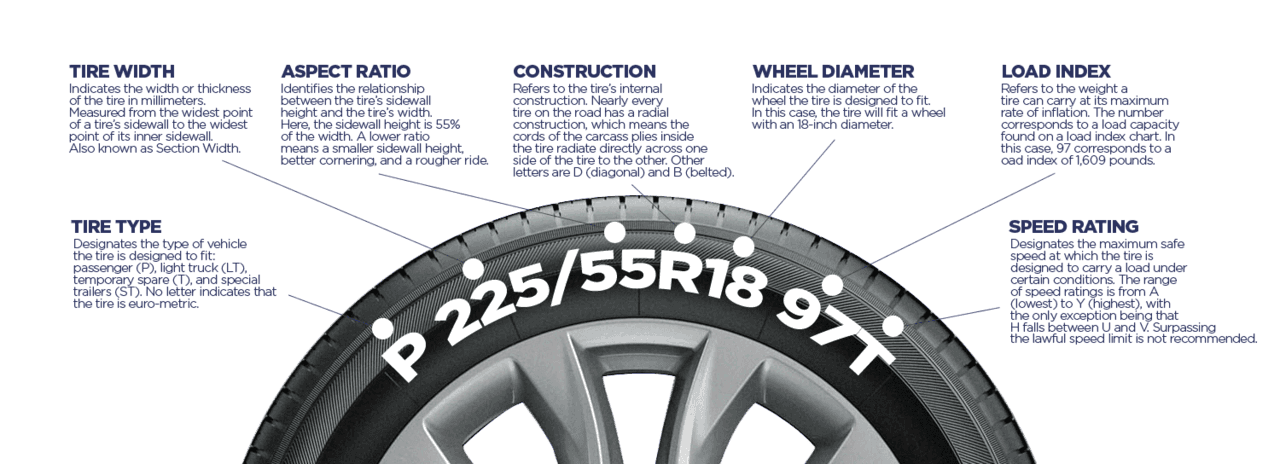 5 5 | 6 | 7.5 | |
| 215/65R15 | 6 | 6.5 | 7.5 | |
| 16" | 215/65R16 | 6 | 6.5 | 7.5 |
| 17" | 235/65R17 | 6.5 | 7 | 8.5 |
| 18" | 235/65R18 | 6.5 | 7 | 8.5 |
| 14" | 165/60R14 | 4.5 | 5 | 6 |
| 175/60R14 | 5 | 5 | 6 | |
| 185/60R14 | 5 | 5.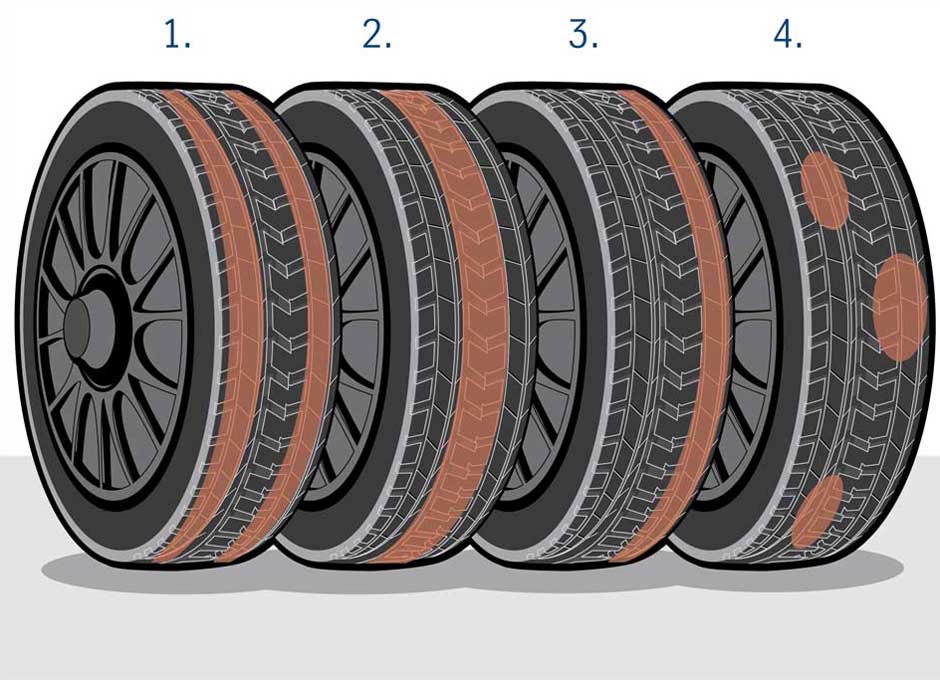 5 5 | 6.5 | |
| 195/60R14 | 5.5 | 6 | 7 | |
| 15" | 175/60R15 | 5 | 5 | 6 |
| 185/60R15 | 5 | 5.5 | 6.5 | |
| 195/60R15 | 5.5 | 6 | 7 | |
| 205/60R15 | 5.5 | 6 | 7.5 | |
| 225/60R15 | 6 | 6.5 | 8 | |
| 16" | 205/60R16 | 5.5 | 6 | 7.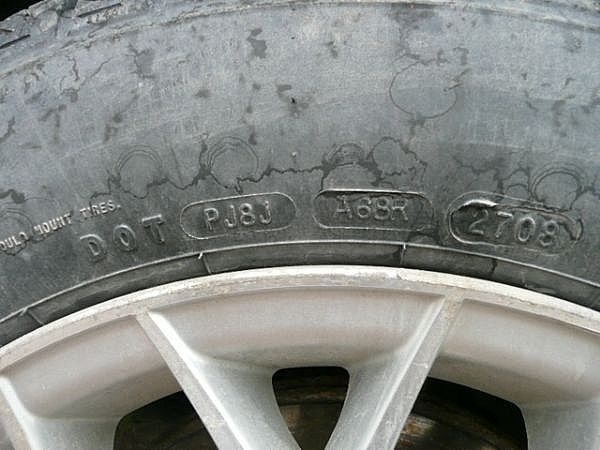 5 5 |
| 215/60R16 | 6 | 6.5 | 7.5 | |
| 225/60R16 | 6 | 6.5 | 8 | |
| 235/60R16 | 6.5 | 7 | 8.5 | |
| 17" | 225/60R17 | 6 | 6.5 | 8 |
| 14" | 185/55R14 | 5 | 6 | 6.5 |
| 15" | 175/55R15 | 5 | 5.5 | 6 |
| 185/55R15 | 5 | 6 | 6. 5 5 | |
| 195/55R15 | 5.5 | 6 | 7 | |
| 205/55R15 | 5.5 | 6.5 | 7.5 | |
| 225/55R15 | 6 | 7 | 8 | |
| 16" | 195/55R16 | 5.5 | 6 | 7 |
| 205/55R16 | 5.5 | 6.5 | 7.5 | |
| 215/55R16 | 6 | 7 | 7.5 | |
| 225/55R16 | 6 | 7 | 8 | |
| 245/55R16 | 7 | 7. 5 5 | 8.5 | |
| 17" | 205/55R17 | 5.5 | 6.5 | 7.5 |
| 215/55R17 | 6 | 7 | 7.5 | |
| 225/55R17 | 6 | 7 | 8 | |
| 235/55R17 | 6.5 | 7.5 | 8.5 | |
| 245/55R17 | 7 | 7.5 | 8.5 | |
| 255/55R17 | 7 | 8 | 9 | |
| 15" | 195/50R15 | 5.5 | 6 | 7 |
| 205/50R15 | 5.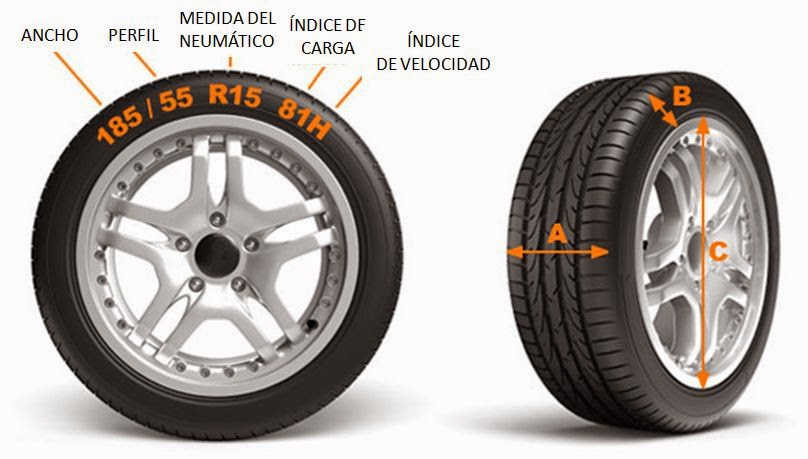 5 5 | 6.5 | 7.5 | |
| 225/50R15 | 6 | 7 | 8 | |
| 16" | 185/50R16 | 5 | 6 | 6.5 |
| 195/50R16 | 5.5 | 6 | 7 | |
| 205/50R16 | 5.5 | 6.5 | 7.5 | |
| 215/50R16 | 6 | 7 | 7.5 | |
| 225/50R16 | 6 | 7 | 8 | |
| 235/50R16 | 6.5 | 7.5 | 8.5 | |
| 245/50R16 | 7 | 7.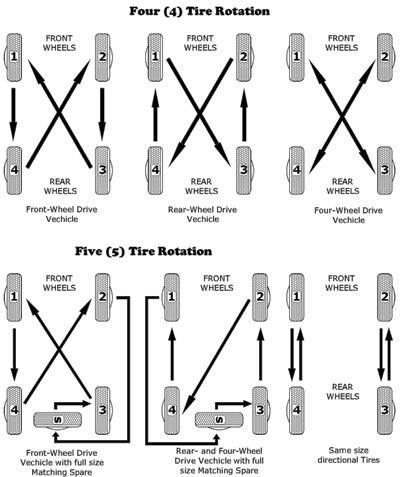 5 5 | 8.5 | |
| 255/50R16 | 7 | 8 | 9 | |
| 17" | 205/50R17 | 5.5 | 6.5 | 7.5 |
| 215/50R17 | 6 | 7 | 7.5 | |
| 225/50R17 | 6 | 7 | 8 | |
| 235/50R17 | 6.5 | 7.5 | 8.5 | |
| 18" | 235/50R18 | 6.5 | 7.5 | 8.5 |
| 245/50R18 | 7 | 7.5 | 8. 5 5 | |
| 19" | 275/50R19 | 7.5 | 8.5 | 9.5 |
| 15" | 195/45R15 | 6 | 6.5 | 7.5 |
| 16" | 195/45R16 | 6 | 6.5 | 7.5 |
| 205/45R16 | 6.5 | 7 | 7.5 | |
| 215/45R16 | 7 | 7 | 8 | |
| 225/45R16 | 7 | 7.5 | 8.5 | |
| 245/45R16 | 7. 5 5 | 8 | 9 | |
| 17" | 205/45R17 | 6.5 | 7 | 7.5 |
| 215/45R17 | 7 | 7 | 8 | |
| 225/45R17 | 7 | 7.5 | 8.5 | |
| 235/45R17 | 7.5 | 8 | 9 | |
| 245/45R17 | 7.5 | 8 | 9 | |
| 255/45R17 | 8 | 8.5 | 9.5 | |
| 18" | 215/45R18 | 7 | 7 | 8 |
| 225/45R18 | 7 | 7.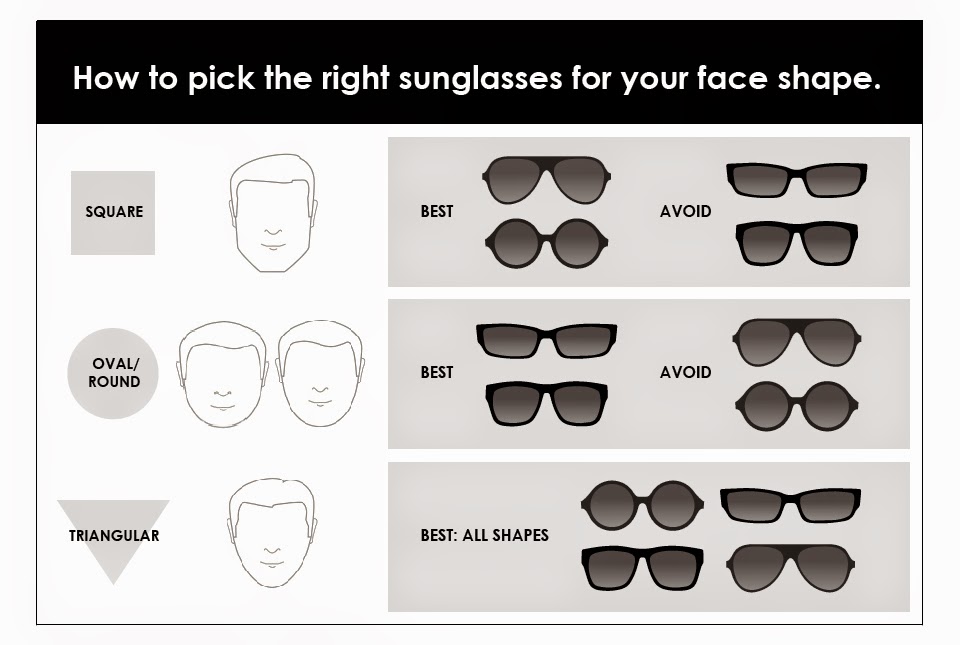 5 5 | 8.5 | |
| 235/45R18 | 7.5 | 8 | 9 | |
| 245/45R18 | 7.5 | 8 | 9 | |
| 255/45R18 | 8 | 8.5 | 9.5 | |
| 275/45R18 | 8.5 | 9 | 10.5 | |
| 19" | 245/45R19 | 7.5 | 8 | 9 |
| 20" | 275/45R20 | 8.5 | 9 | 10.5 |
| 16" | 215/40R16 | 7 | 7.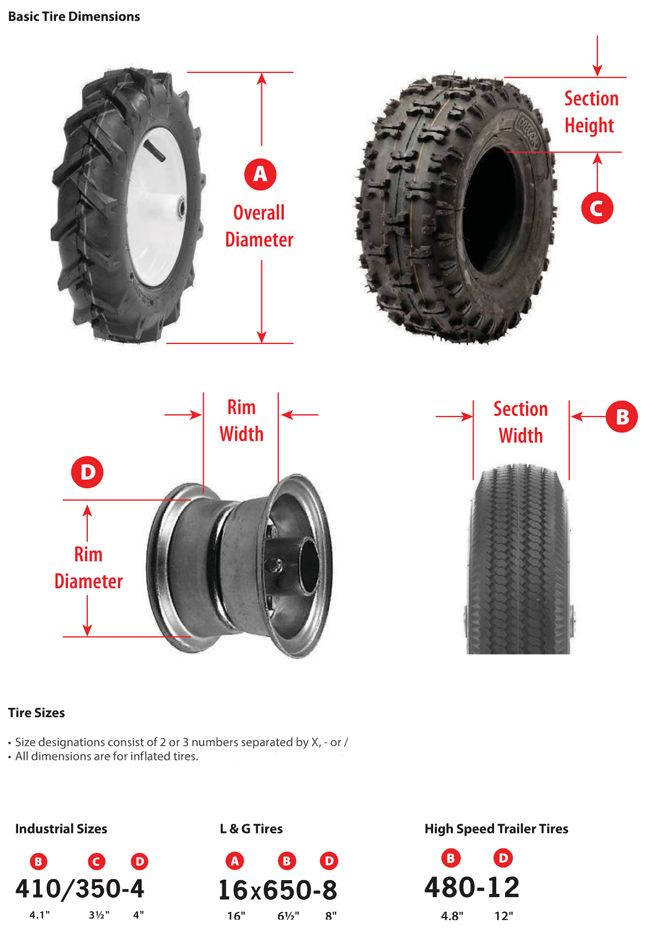 5 5 | 8.5 |
| 17" | 205/40R17 | 7 | 7.5 | 8 |
| 215/40R17 | 7 | 7.5 | 8.5 | |
| 235/40R17 | 8 | 8.5 | 9.5 | |
| 245/40R17 | 8 | 8.5 | 9.5 | |
| 255/40R17 | 8.5 | 9 | 10 | |
| 265/40R17 | 9 | 9.5 | 10.5 | |
| 275/40R17 | 9 | 9.5 | 11 | |
| 285/40R17 | 9 | 10 | 11 | |
| 18" | 205/40R18 | 7 | 7. 5 5 | 8 |
| 225/40R18 | 7.5 | 8 | 9 | |
| 235/40R18 | 8 | 8.5 | 9.5 | |
| 245/40R18 | 8 | 8.5 | 9.5 | |
| 255/40R18 | 8.5 | 9 | 10 | |
| 265/40R18 | 9 | 9.5 | 10.5 | |
| 275/40R18 | 9 | 9.5 | 11 | |
| 285/40R18 | 9.5 | 10 | 11 | |
| 19" | 225/40R19 | 7.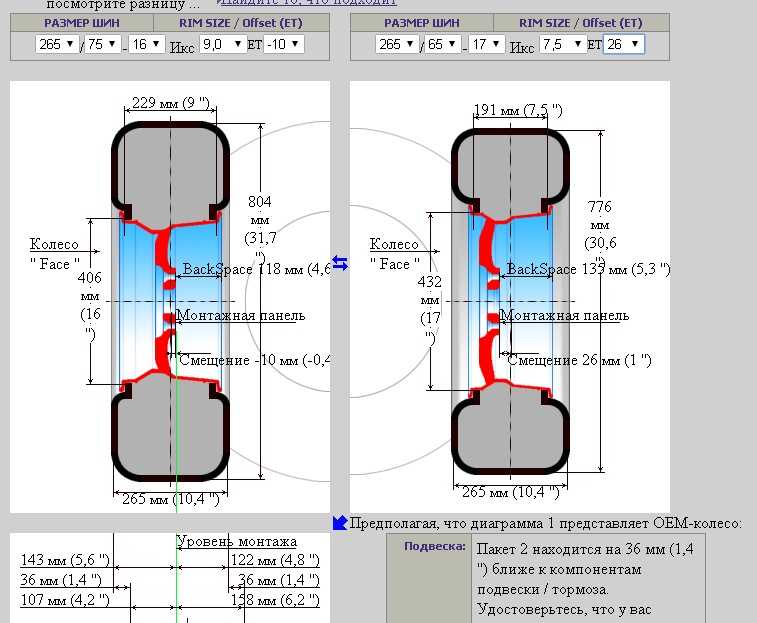 5 5 | 8 | 9 |
| 245/40R19 | 8 | 8.5 | 9.5 | |
| 255/40R19 | 8.5 | 9 | 10 | |
| 275/40R19 | 9 | 9.5 | 11 | |
| 20" | 245/40R20 | 8 | 8.5 | 9.5 |
| 17" | 225/35R17 | 7.5 | 8 | 9 |
| 265/35R17 | 9 | 9.5 | 10.5 | |
| 335/35R17 | 11 | 12 | 13 | |
| 18" | 215/35R18 | 7 | 7.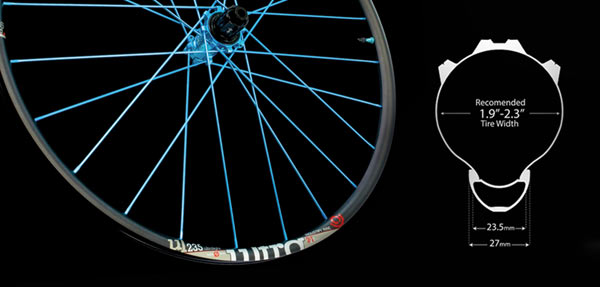 5 5 | 8.5 |
| 225/35R18 | 7.5 | 8 | 9 | |
| 235/35R18 | 8 | 8.5 | 9.5 | |
| 255/35R18 | 8.5 | 9 | 10 | |
| 265/35R18 | 9 | 9.5 | 10.5 | |
| 275/35R18 | 9 | 9.5 | 11 | |
| 285/35R18 | 9.5 | 10 | 11 | |
| 295/35R18 | 10 | 10.5 | 11.5 | |
| 345/35R18 | 11. 5 5 | 12 | 13.5 | |
| 19" | 225/35R19 | 7.5 | 8 | 9 |
| 235/35R19 | 8 | 8.5 | 9.5 | |
| 245/35R19 | 8 | 8.5 | 9.5 | |
| 255/35R19 | 8.5 | 9 | 10 | |
| 265/35R19 | 9 | 9.5 | 10.5 | |
| 275/35R19 | 9 | 9.5 | 11 | |
| 285/35R19 | 9.5 | 10 | 11 | |
| 295/35R19 | 10 | 10. 5 5 | 11.5 | |
| 20" | 245/35R20 | 8 | 8.5 | 9.5 |
| 255/35R20 | 8.5 | 9 | 10 | |
| 275/35R20 | 9 | 9.5 | 11 | |
| 21" | 245/35R21 | 8 | 8.5 | 9.5 |
| 255/35R21 | 8.5 | 9 | 10 | |
| 18" | 285/30R18 | 9.5 | 10 | 10.5 |
| 295/30R18 | 10 | 10.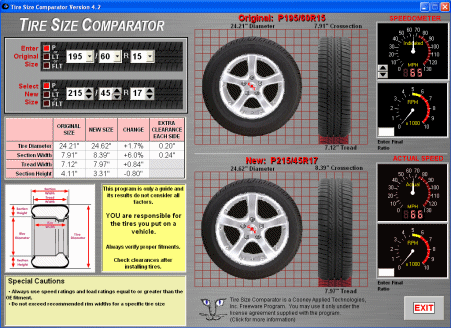 5 5 | 11 | |
| 315/30R18 | 10.5 | 11 | 11.5 | |
| 335/30R18 | 11.5 | 12 | 12.5 | |
| 345/30R18 | 11.5 | 12 | 12.5 | |
| 19" | 265/30R19 | 9 | 9.5 | 10 |
| 275/30R19 | 9 | 9.5 | 10 | |
| 285/30R19 | 9.5 | 10 | 10.5 | |
| 295/30R19 | 10 | 10.5 | 11 | |
| 305/30R19 | 10.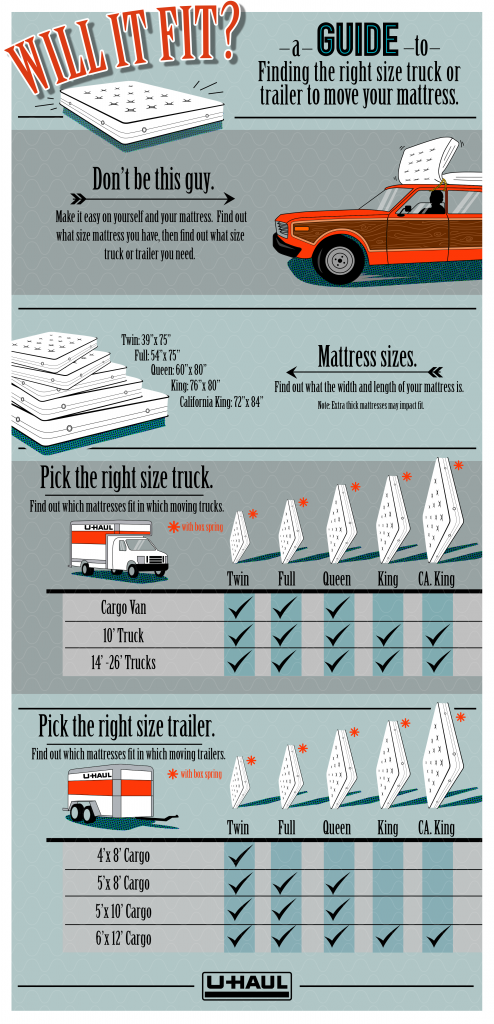 5 5 | 11 | 11.5 | |
| 345/30R19 | 11.5 | 12 | 12.5 | |
| 20" | 235/30R20 | 8.5 | 8.5 | 9.5 |
| 245/30R20 | 8.5 | 8.5 | 9.5 | |
| 255/30R20 | 9 | 9 | 10 | |
| 285/30R20 | 10 | 10 | 11 | |
| 335/30R20 | 12 | 12 | 13 | |
| 21" | 255/30R21 | 9 | 9 | 10 |
| 285/30R21 | 10 | 10 | 11 | |
| 295/30R21 | 10 | 10. 5 5 | 11 | |
| 22" | 255/30R22 | 9 | 9 | 10 |
| 19" | 315/25R19 | 11 | 11.5 | 12 |
| 20" | 285/25R20 | 10.5 | ||
| 295/25R20 | 10 | 10.5 | 11 | |
| 325/25R20 | 11.5 | 12 | 12.5 | |
| 21" | 295/25R21 | 10 | 10.5 | 11 |
| 22" | 295/25R22 | 10 | 10.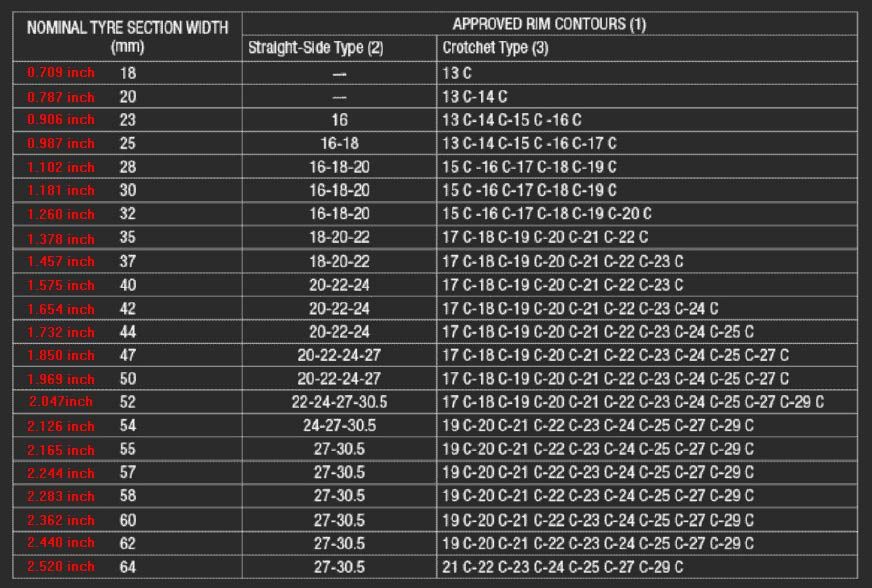 5 5 | 11 |
| Tire labels - how to read? From November 1, 2012, tires sold in countries within the European Union must have special stickers. They contain information, in particular, on the fuel.. 11 July 2022, 11:34 | |
| Causes of tire wear Tire wear is often the result of too much speed at which we move. However, there are many more factors influencing this process. Tire condition during .. July 04, 2022, 11:58 | |
| What is the minimum tread depth allowed? The tread of a tire is sometimes analyzed in terms of appearance and shape, modern technologies implemented by the manufacturer, or performance in winter conditions. However, the key parameter of tires in.  . . 23 June 2022, 10:06 | |
| Tire deformation and side ties. What to do with them? One of the remarkable and main features of the structure of the inner part of any tire is the threads that make up the cord. For quite a long time they have a radial location at.. June 08, 2022, 10:21 | |
| Wheel alignment - do I need to change tires? If your vehicle behaves on the road, it may mean that you need to replace suspension components, steering system, wheels or tires. For this may.. 07 April 2022, 15:47 | |
In the spring - from winter to summer. There are no strict requirements in the regulatory documents: it is recommended to use winter tires from December to February, and summer tires from June to August. There are requirements for studded tires: they cannot be used from the first of June - for this they can be warned or fined 500 R. From winter to summer, they change shoes at an average daily temperature above +7 ° C. After this mark, winter tires wear out quickly and hold the road poorly.
There are no strict requirements in the regulatory documents: it is recommended to use winter tires from December to February, and summer tires from June to August. There are requirements for studded tires: they cannot be used from the first of June - for this they can be warned or fined 500 R. From winter to summer, they change shoes at an average daily temperature above +7 ° C. After this mark, winter tires wear out quickly and hold the road poorly.
Rules of the Customs Union "On the safety of wheeled vehicles"
In autumn - from summer to winter. It's time to change tires if the average daily temperature drops below +10 °C: summer tires become dull, grip becomes worse. In autumn, it is much more difficult to sign up for a tire fitting: the closer the frost, the longer the appointment. People are afraid of ice, the prospect of hitting someone else's car or flying into a ditch.
What to do? 02/21/20
Wheels scratched at my car service
Car tires are consumables. In addition to seasonal replacement, it is important to replace them as soon as they are worn out or seriously damaged.
In addition to seasonal replacement, it is important to replace them as soon as they are worn out or seriously damaged.
When the tire is worn. Each car tire has a wear indicator - a special jumper between the tread islands. As soon as the tread wears off and matches the level of at least one of the indicator jumpers, it's time to change the tire. Such a tire is dangerous, especially on wet surfaces.
/carservice/
How to save money on the operation of the car
Insufficiently high tread poorly removes water from the tire contact patch with the roadway. Where you can confidently drive 70–80 km/h on new tires, on worn tires you can lose control of the car already at a speed of 55–60 km/h.
Indicator bar on a tire that has been through a season and a half Some manufacturers apply their own wear indicators in addition to the standard ones. For example, on Nokian tires, numbers are cut in the middle of the tread: the larger the number, the deeper the cut.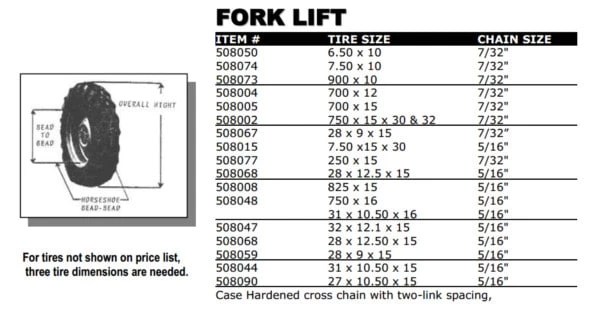
A relatively new tire will have a lot of numbers, a worn one or two will remain - the rest will be erased. A drop with a cross is applied to the sidewall of the Continental tire. As soon as it is worn down to half, the tire should be considered worn out and replaced. But all these are rather exceptions - most tires do not have such indicators.
Wear may be uneven. If the tire has been inflated, the center of the tread will be worn off. If the tire pressure was too low, it will be relatively fresh and the sidewalls of the tread will be worn out.
Non-standard wear indicators. From left to right: Nokian with numbers - summer and winter, Continental summer - with a drop and a cross Tire that was pumped over: wear on the central part of the tread is much stronger It also happens that either the inner or outer side of the tread wears out on one wheel. This means that the camber is broken - the angle of the wheel relative to the vertical plane. In this case, it is important to sign up for wheel alignment - this is a service during which the wheel alignment angles are adjusted.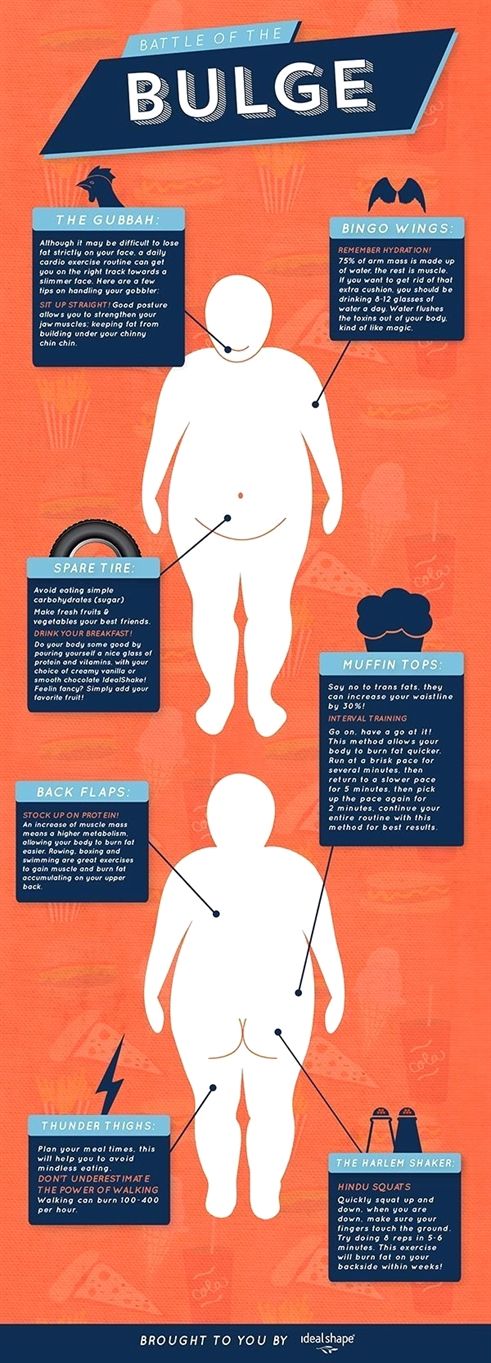
It happens that the angles of the wheels are not adjusted. For example, if the car has been in a serious accident and its power parts of the body or suspension parts are deformed. In this case, you will have to eliminate these malfunctions, and then go to the wheel alignment stand again.
/sud-autoservice/
As I sued the auto service
Sawtooth or comb wear occurs on winter tires if the toe-in is broken - the angle of the wheel position in the horizontal plane. Sign up for a wheel alignment so that the same wear does not appear on the new tire.
Uneven tread wear. The tire was on a wheel with unadjusted camber Comb-shaped tread wear. Source: mashintop.ru When the tire is damaged and it is noticeable. The tire is quite easy to damage: cut the sidewall, run into a piece of reinforcement or get hit, in place of which a hernia will come out. All sidewall damage is a good reason to buy a new tire: repairs will be expensive and ineffective. Damage to the working part of the tire - the tread - is less critical.
Damage to the working part of the tire - the tread - is less critical.
When damage is present but not visible. Hidden damage may appear on the back of the wheel. For example, a driver caught a hole, felt a good hit, got out, saw that everything was in order, and drove on. And on the reverse side, a piece of rubber was torn out and the cord became visible - the metal carcass of the tire. Such damages are found only when inspecting the chassis or at a tire fitting, and this is bad: they can cause an accident or serious damage to the car.
Service life of car tires. The tire life recommended by most manufacturers is five years, but this does not mean that they cannot be used for the sixth year. The expiration date is not limited by any documents.
GOST R 52900-2007
Tire manufacturers estimate tire service life differently. Nokian provided the most detailed explanation: “Tire life is not defined by law, but tires can only be considered new if they have been manufactured within the last five years. The recommended tire life is 6 years and the maximum is 10 years. Then the tire loses its consumer properties: grip deteriorates, vibration may appear on the body or steering wheel.
The recommended tire life is 6 years and the maximum is 10 years. Then the tire loses its consumer properties: grip deteriorates, vibration may appear on the body or steering wheel.
5 years
tire life recommended by most manufacturers
Storage location - less than a meter away from direct sunlight and heaters. In the sun, near the battery and in the rain, the tire will quickly lose its properties: the rubber will dry out and collapse. Permissible temperature - from -30 to +35 ° C, humidity - 50-80%. Do not leave the wheels dirty; they must be thoroughly washed before seasonal storage. Tires can be stored under a canopy in the open air for no more than a month.
GOST 54266-2010
The method of storage depends on the set: either tires separately or wheels as an assembly. Tires up to 205 mm wide can be stored in even stacks up to 2 m high. Tires from 210 mm are stored vertically - on edge. Every three months, all tires, regardless of width, should be rotated to change the footprint.
Every three months, all tires, regardless of width, should be rotated to change the footprint.
GOST does not explain how to store the wheels as an assembly, but Nokian has a visual manual for storage. Continental recommends hanging wheels by rims or storing them in a stack, similar to tires, turning them over every 4 weeks. It is advisable to reduce the air pressure in the tire to 1-1.5 atm and not make stacks of wheels - a tire plus a disk - more than four pieces.
Nokian Tire Storage TipsPDF, 2.1 MB
Featured Articles for Motorists
How to drive without fines and not overpay for car maintenance - in our mailing list along with other materials about money
First of all, you need to decide which tires are suitable. All important characteristics are written on the sidewall of the tire.
The size of the tire is important to consider when selecting it for a specific car and rim. All options provided for by the design of the car are written on special plates.
All options provided for by the design of the car are written on special plates.
Depending on the brand of car, they can be found on the gas tank flap or on the B-pillar in the driver's doorway. The recommended tire pressure is also written here.
/usedcar/
How to buy a used car
Decal with Mini John Cooper Works tire parameters in the doorway: size and recommended pressure at different loads Decal on the gas tank flap of the Skoda OctaviaTire sizes are indicated in the format xxx/xx Rx. They are on the sidewall of the tire.
The first parameter is the tread width in mm. The size step is 10 mm, always 5 at the end. Next is the tire profile, or its height as a percentage relative to the width. The width of a tire with parameters 235/55/R16 is approximately 129 mm, and for a tire 195/55/R16 it is 107 mm.
R - an indication of the type of tire, in this case, that it is radial. There are also diagonal ones, but this is an outdated design.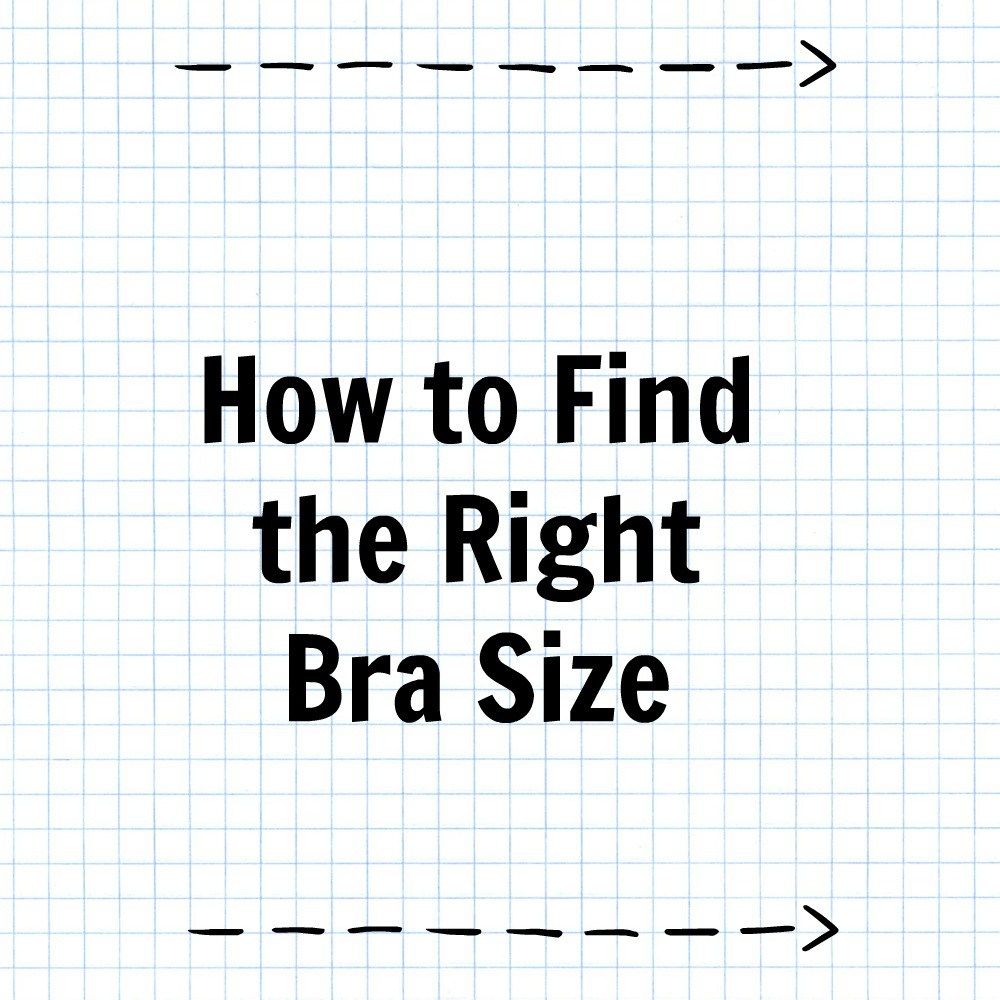 These have not been used for cars for a long time. The difference is in the design of the cord. A popular misconception is that R is a radius.
These have not been used for cars for a long time. The difference is in the design of the cord. A popular misconception is that R is a radius.
The last two digits are the diameter of the rim in inches, on which the tire can be placed.
It is undesirable to deviate from the tire parameters recommended by the car manufacturer. This can adversely affect handling, as well as cause the tire to rub against the wheel arch or suspension parts: this will damage the tire and increase the likelihood of an accident.
It happens that on the front and rear axles from the factory there are disks for rubber of different sizes. Usually we are talking about the width - the rear wheels can be wider than the front. In the people, such a set of disks is called a different-wide one.
Tube or tubeless construction. Previously, a car wheel consisted of three main parts: a disc, a tube, and a tire. The tire was responsible only for traction and overall strength, the chamber was a container for air.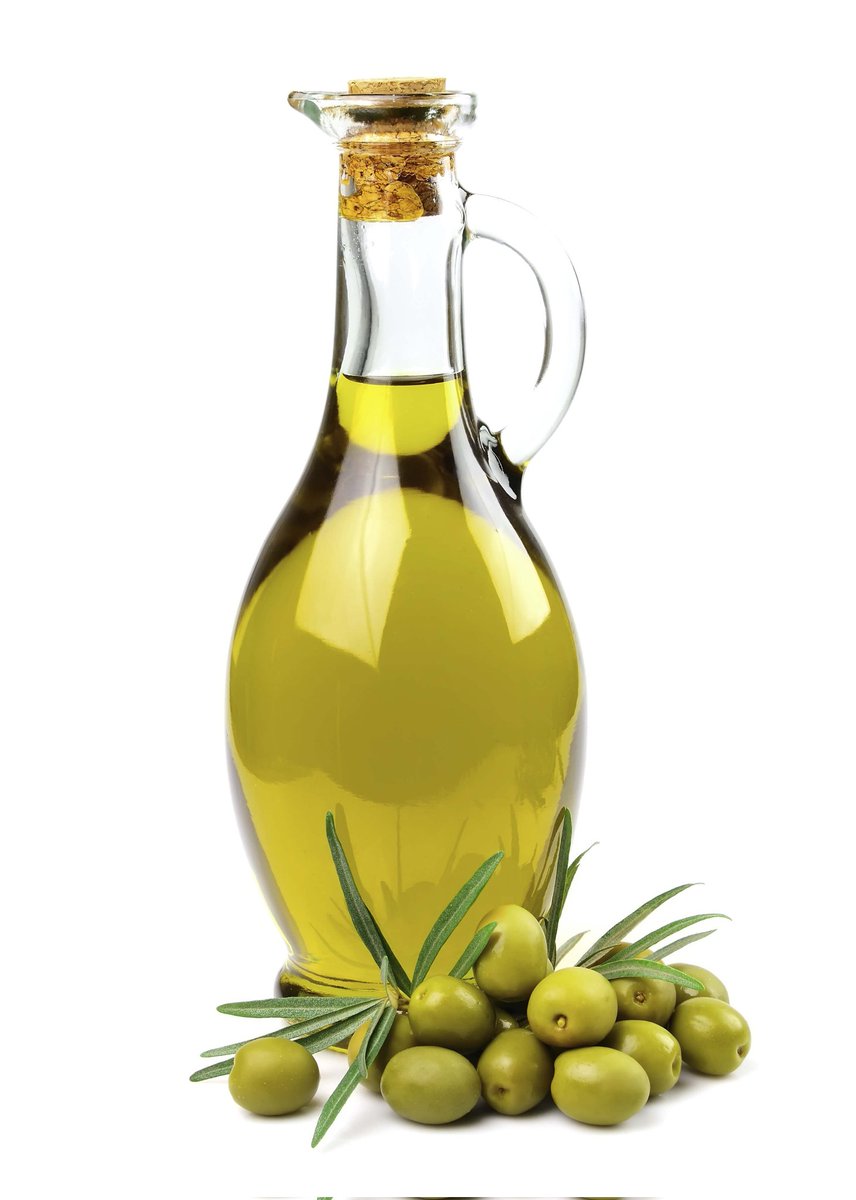 This design had serious drawbacks:
This design had serious drawbacks:
Now you can find a tube tire on a car only in a museum or in your grandfather's garage: the technology is outdated.
Modern tubeless tires do not have these drawbacks. Special protrusions in the disks — hubs, for which the tire clings, help to maintain the tightness of the tubeless wheel.
Manufacturers still mark tubeless tires with a special tubeless mark, and those intended for use with a tube - tube type, but now these are only rare domestic models Cord construction type. Each tire is multi-layered, a single rubber product will not be able to provide the desired shape and strength. Therefore, inside the tire there is a cord - a kind of carcass. The cord can be metal, synthetic fibers or textile threads. According to the method of laying the cord, tires are divided into radial and diagonal.
Therefore, inside the tire there is a cord - a kind of carcass. The cord can be metal, synthetic fibers or textile threads. According to the method of laying the cord, tires are divided into radial and diagonal.
| Bias tire | Radial tire |
|---|---|
| 2 or more cords | 1 ply cord |
| Smaller footprint | Larger road contact patch |
| Tire heavier than | Lighter tire |
| Used on commercial vehicles | Used on passenger cars |
| Cheaper than | Expensive |
Bias
Radial tire
2 layers of cord or more than
1 layer of cord
Less in contact with an expensive
Load contact with an expensive
tire
Lighter
are used on commercial equipment
used on cars
Cheaper
More expensive
Radial tire cords are parallel to the wheel circumference, on top of each other. For diagonal tires, the cord layers overlap each other diagonally. Source: Kolobox
For diagonal tires, the cord layers overlap each other diagonally. Source: Kolobox DOT marking. The name comes from the American Department of Transportation - an analogue of our Department of Transportation. In 1978, this department approved mandatory labeling for all automobile tires, which includes Treadwear, Traction, and Temperature grades marked on the sidewall. Now most manufacturers use this system, selling tires without such marking is illegal in the USA.
Treadwear. Some people want tires to last as long as possible, others want good grip. So far, these qualities have not been learned to combine in one tire.
The wear rate of a tire is indicated by the Treadwear index. Typically, for products for passenger cars, this parameter ranges from 100 to 600. In terms of kilometers, this is approximately 10,000-15,000 km per hundred points. For example, index 240 corresponds to 24,000-36,000 km. At the end of the range there will be tires that were used with a calm driving style.
At the end of the range there will be tires that were used with a calm driving style.
Traction also shows the grip class, but unlike Russian traffic rules and technical regulations, the classification is based not on distance in meters, but on the deceleration coefficient - G, which the tire can provide. According to Traction, all tires are divided into classes according to their ability to effectively stop a car on wet asphalt and concrete: from the best AA to the worst C.
| Class | G on asphalt | G on concrete |
|---|---|---|
| AA | More than 0.54 m/s² | 0.38 m/s² |
| A | More than 0.47 m/s² | 0.35 m/s² |
| B | More than 0.38 m/s² | 0.26 m/s² |
| C | Less than 0.38 m/s² | 0.26 m/s² |
Class AA
G on asphalt
More than 0.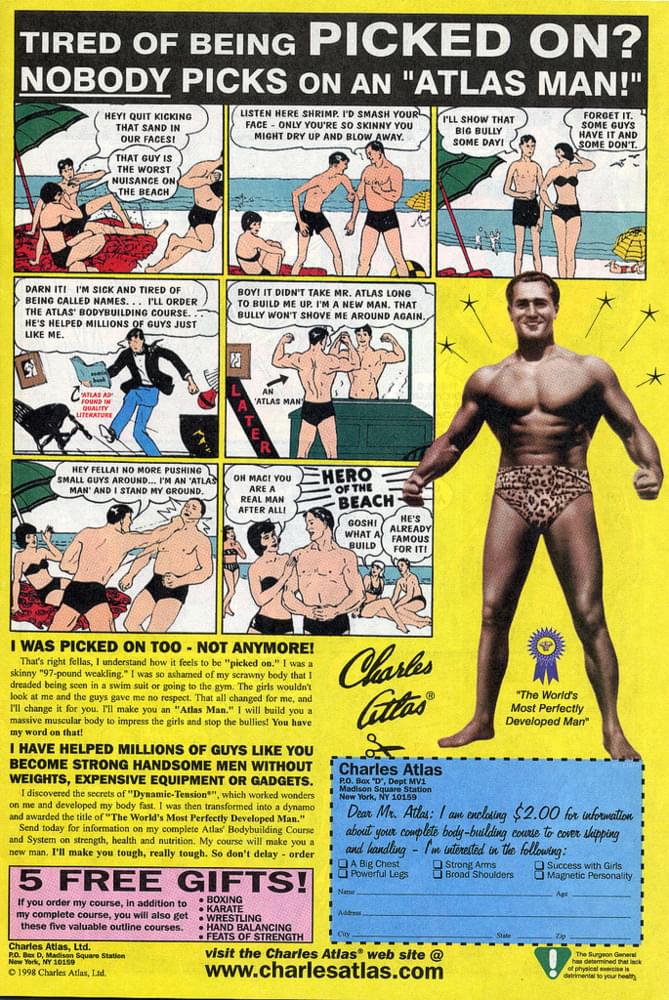 54 m/s²
54 m/s²
G on concrete
0.38 m/s²
grade A
G on asphalt
more than 0.47 m/s²
G on concrete
0.35 m/s²
G on asphalt
more than 0.38 more m/s²
g on concrete
0.26 m/s²
Class C
G on asphalt
less than 0.38 m/s²
G on concrete
0.26 m/s²
Temperature characteristic, Temperature. All tires are divided into three classes according to the resistance to heat generation during movement: A, B and C. Class A tires effectively remove heat at speeds over 185 km/h, class B - from 160 to 185 km/h, class C - from 137 up to 160 km/h. For passenger cars, there are almost no tires on sale, except for class A.
Run flat. This rubber has a thick and stiff sidewall. It can be driven up to 80 km at speeds up to 80 km/h after a puncture or side cut with a complete loss of pressure.
It is important that the machine is equipped with a tire pressure system, otherwise the driver may not recognize a flat tire, exceed the recommended speed, or drive more than 80 km, which at best will lead to damage to the rim, and at worst, to an accident.
Many vehicles come with runflat tires from the factory. Especially on those who do not have a spare tire. Such tires are 1.5-2 times more expensive than ordinary ones, they make driving less comfortable: due to the hard sidewall, such rubber smooths out bumps much worse and is heavier than conventional tires.
But you don't have to call a tow truck: you can almost always get to the tire shop on your own. If you drive on a relatively flat road, there will be no damage to the alloy wheel: it is still a few centimeters from the road surface.
/otozvali/
How to repair a car under a recall campaign
Load and maximum speed indices. Load Index is a two- or three-digit number that indicates the maximum weight that the tire can support. The speed index is denoted by a Latin letter. It shows the maximum allowable speed that the tire can withstand. All indices are summarized in tables.
The speed index is denoted by a Latin letter. It shows the maximum allowable speed that the tire can withstand. All indices are summarized in tables.
| Speed index | Maximum speed, km/h |
|---|---|
| L | 120 |
| M | 130 |
| N | 140 |
| P | 150 |
| Q | 160 |
| R | 170 |
| S | 180 |
| T | 190 |
| U | 200 |
| H | 210 |
| V | 240 |
| W | 270 |
| Y | 300 |
| Z | 300+ |
Speed index
Maximum speed, km/h
If you want to know how to read the load index, find your value in the table.
1120
113
11503
114
1180
115
1215
116
12503
117
1285
118
1320 9000 9000 9000 9000 9000 9000 9000 9000 9000 9000 9000 9000 9000 9000 9000 9000 9000 9000 9000 9000 9000 9000 9000 9000 9000 9000 9000 9000 9000 9000 9000 9000 9000 9000 9000 9000 9000 9000 9000 9000 9000 9000 9000 9000 9000 9000 9000 9000 9000 9000 9000 9000 9000 9000 9000 9000 9000 9000 9000 9000 9000 9000 9000 9000 9000 9000 9000 9000 9000 9000 9000 9000 9000 9000 9000 9000 9000 9000 9000 9000 9000 9000 9000 9000 9000 9000 9000 9000 9000 9000 9000 9000 9000 9000 9000 9000,000
121
1450
122
1500
| Load index | Weight per tire, kg | Load index | Weight per tire, kg | Load index | Weight per tire, kg |
|---|---|---|---|---|---|
| 62 | 265 | 83 | 487 | 104 | 900 |
| 63 | 272 | 84 | 500 | 105 | 925 |
| 64 | 280 | 85 | 515 | 106 | 950 |
| 65 | 290 | 86 | 530 | 107 | 975 |
| 66 | 300 | 87 | 545 | 108 | 1000 |
| 67 | 307 | 88 | 560 | 109 | 1030 |
| 68 | 315 | 89 | 580 | 110 | 1060 |
| 69 | 325 | 90 | 600 | 111 | 1090 |
| 70 | 335 | 91 | 615 | 112 | 1120 |
| 71 | 345 | 92 | 630 | 113 | 1150 |
| 72 | 355 | 93 | 650 | 114 | 1180 |
| 73 | 365 | 94 | 670 | 115 | 1215 |
| 74 | 375 | 95 | 690 | 116 | 1250 |
| 75 | 387 | 96 | 710 | 117 | 1285 |
| 76 | 400 | 97 | 730 | 118 | 1320 |
| 77 | 412 | 98 | 750 | 119 | 1360 |
| 78 | 425 | 99 | 775 | 120 | 1400 |
| 79 | 437 | 100 | 800 | 121 | 1450 |
| 80 | 450 | 101 | 825 | 122 | 1500 |
| 81 | 462 | 102 | 850 | 123 | 1550 |
| 82 | 475 | 103 | 875 | 124 | 1600 |
Pressure index is another name for the load index.
Euro label. Manufacturers put special stickers on tires. They have three parameters that are not written about on the bus itself. These stickers appeared in 2012. Since then, they have been on any tire sold in the EU.
The sticker complies with EC Regulation 1222/2009. This is a complex document with formulas and parameters like rolling resistance - it does not have the usual values like fuel consumption or braking distances. The sticker describes the tire according to three characteristics: noise level, fuel economy class and wet grip class.
/top-economic-cars/
11 economical cars for everyday driving
Noise level shows the noise level in decibels. One black sound wave is 3 or more decibels below the 2016 European norm. Two waves - at the normal level or quieter, but less than 3 decibels. Three - noisy tire, out of limit.
Fuel economy class. A is the most economical.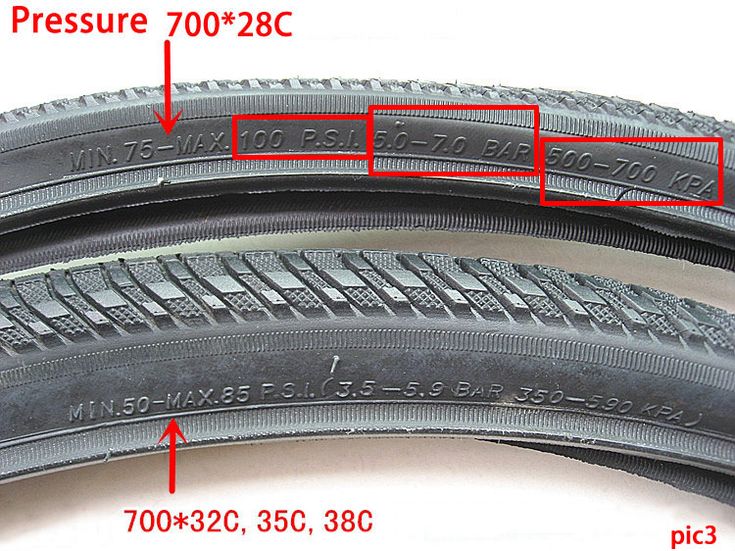 The lower the class, the more the tire resists rolling and the higher the fuel consumption. There is a 7.5% difference in fuel consumption between the most economical class A tire and the most "wasteful" class G. That is, for an average car with a consumption of 10 liters per 100 km and an annual mileage of 25,000 km, Class A tires will save up to 187 liters of fuel - 8000 R.
The lower the class, the more the tire resists rolling and the higher the fuel consumption. There is a 7.5% difference in fuel consumption between the most economical class A tire and the most "wasteful" class G. That is, for an average car with a consumption of 10 liters per 100 km and an annual mileage of 25,000 km, Class A tires will save up to 187 liters of fuel - 8000 R.
Grip. Same letters, but without color indication. This estimate was obtained when checking the braking distance on asphalt. The shorter the stopping distance, the closer the letter is to the beginning of the alphabet. The difference between A and G is more than 18 meters: A is the minimum stopping distance, B is plus 3 meters to A, C is plus 7 meters to A, D is plus 10 meters to A, E is plus 12 meters to A, F is plus 18 meters to A.
Sticker on a new tire Color markers on tires. There are another colored stripes on the tire tread - these are technological marks, they are of no use to the buyer. These drawings guide the production line, and they can also show the batch and release date.
These drawings guide the production line, and they can also show the batch and release date.
The most pedantic car owners may try to buy a set of new tires with identical stripes, but it is better to focus on the stamp with the release date on the sidewall.
Features of the choice of all-weather tires. Theoretically, they can be ridden all year round. The rubber compound works in the temperature range from -7 to +15 °C. In severe frosts, rubber hardens like summer tires at temperatures below +10 °C, and in hot weather it becomes softer, like winter tires at temperatures above +7 °C. In any case, all-season tires are not suitable for either hot asphalt or ice ruts.
All-season tires are chosen when they want to save on tire fitting and buying an extra set of tires. This is true for crossovers and SUVs with relatively low annual mileage.
Features of the choice of summer tires. There are models for quiet city driving. Such tires will help save fuel, please with a low noise level and will last three to four seasons. At the same time, they will not tolerate overheating, will not provide perfect grip on the road and will not allow you to drive a car with great comfort.
There are models for quiet city driving. Such tires will help save fuel, please with a low noise level and will last three to four seasons. At the same time, they will not tolerate overheating, will not provide perfect grip on the road and will not allow you to drive a car with great comfort.
The opposite - tires for those who like to push the gas to the floor. Such tires will make noise, increase fuel consumption and wear out in one or two seasons. In return, the driver will get excellent grip and driving pleasure.
Features of the choice of winter tires. There are three types of winter tires.
The studded tires are good for driving on ice and packed snow. They have relatively hard rubber, deep tread and studs. And they also hold the road well on asphalt: the spikes have been hidden in the tread for a long time.
Ideal conditions - ice cover above -15°C. The ice is soft enough for the spikes to grip most effectively.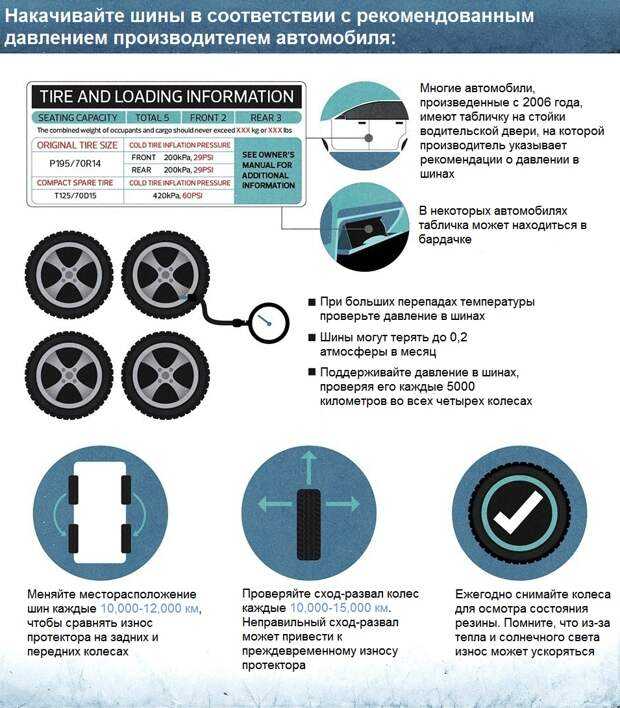
Disadvantages: they are very noisy, they have a low speed index. Usually, you can drive on studded tires no faster than 160-180 km/h. And they are also banned in many European countries because they spoil the asphalt.
Scandinavian style friction tires, aka Velcro, studless and made for harsh winters. Rough tread pattern, soft rubber compound and many sipes - horizontal slots on the islands of the tire tread.
Ideal conditions are snow and ice below -15°C. They are noticeably quieter, you can move at a much higher speed on them.
Disadvantages: such tires wear out quickly, almost do not hold the car on melted smooth ice at temperatures above -5 °C. There is a small distance between the tread islands, such tires do not drain water well from the contact patch with the roadway.
Alpine type friction tires without studs and made for mild winters. There are 1.5-2 times fewer sipes on the tread, the grooves for water drainage are much wider.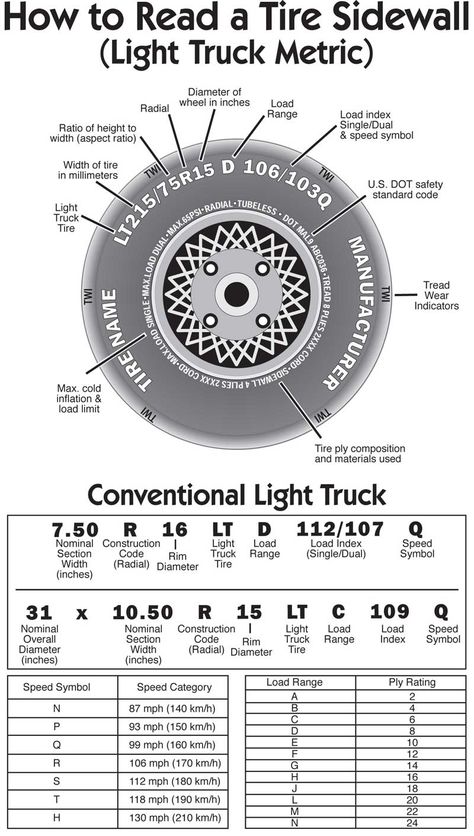 This is the most wear resistant winter tire.
This is the most wear resistant winter tire.
Ideal conditions - puddles, asphalt, -5 to +3 °C. Well remove water from the contact patch with the roadway.
Disadvantages: poor grip on any ice and packed snow.
According to the Rules of the Road, different tires cannot be put on one axle of a vehicle. This is considered a malfunction in which the use of a car is prohibited.
p. 5 of the Traffic Regulations of the Russian Federation: wheels and tires
At the same time, the rules do not prohibit installing tires of different brands and models on different axles of the same car, but it’s better not to do this. The car and all its systems are designed for the same tires with the same grip.
This is especially true for modern cars with many electronic assistants: stabilization systems, brake force distribution. You can drive on such a combination of tires, but no one knows how the car will behave in an extreme situation.
Like everywhere else, there are premium brands and there is something cheap. But cool brands have failed models, while budget brands have successful ones.
There is a lot of research and testing behind famous brand tires. Before entering the market, large companies test each new model in the most extreme conditions. Tires can be rolled on arctic ranges or in the desert.
Often, rubber is tested in the conditions of sports competitions and only then the technology is sent to the mass market. The more famous the manufacturer and the more expensive its products, the greater its budget for the development of new models.
There are also very cheap tires, often from China. They can directly write that they copied the tread pattern of a prestigious model, but this is not enough: there is also a rubber composition, cord design and other parameters.
Prices for tires of the same size may differ by multiples. The smaller the profile and the larger the width, the greater the difference.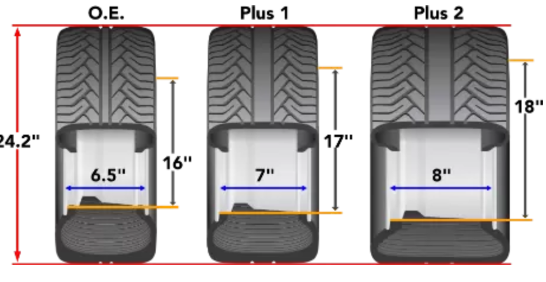
To look at something other than the brand and choose what you need, there is an algorithm:
Specialized stores. There is a large selection, manufacturers' catalogs and competent advice. This will appeal to those who buy car tires for the first time or are simply not very interested in the technical side of cars. There is a service here - there will be a guarantee for tires, there is tire fitting and seasonal storage. The one-stop principle works: you can arrive on spikes and leave on a new summer and with an empty trunk.
The one-stop principle works: you can arrive on spikes and leave on a new summer and with an empty trunk.
Online hypermarkets and warehouses. Rubber is sold by large Internet sites and small shops. The option is suitable for those who want to find cheaper, are ready to take risks and waste time for this. Here, the entire responsibility for checking the parameters of the tire, the date of its release and, in general, compliance with the order lies with the buyer. If something goes wrong, you will have to take all four tires to no one knows where and change them. Tire fitting and storage is the buyer's concern.
/save/mashina-hack/
How to save on car maintenance?
Flea markets, car club forums and ad services. Avito, Yulia and specialized automotive forums offer a lot of rubber. You can buy a completely fresh set at a good price, or you can buy rubbish and expensive. There is a great risk of buying tires with hidden damage: the fact that the tire is crooked will only be opened at a tire fitting, many hernias will be visible only on an inflated tire.
Sometimes the ability to measure depth and read parameters does not help. To put the correct year on an old tire, there is a special stamp. The tread depth can be machined, and a tire that is white from old age can be treated with ink.
With the help of special equipment, you can even remove the remnants of the old protector and stick a new one. It remains to hope for the reputation of the seller and look at the goods that he sells or sold. I try to avoid those who sell used rubber all the time.
First of all, the size. The larger the diameter, the more expensive. But at the same time, the lower the tire profile, the more expensive it is. This may seem counterintuitive, as less material is used.
Tire inner layers and construction play an important role. Due to the low profile height, the sidewall of such a tire must be much stronger than the same tire with a high profile.
Tire make and model affected. Rubber from large, famous brands with a century of history is more expensive, but the budget lines of well-known companies will allow you to save a lot. Tires of young, unknown manufacturers, especially Asian ones, will cost even less.
Tires of young, unknown manufacturers, especially Asian ones, will cost even less.
Tires with runflat technology are more expensive than conventional tires, because their sidewalls have special requirements.
Is it worth buying retreaded tires? It is almost impossible to buy such tires for a passenger car in Russia in 2021. The cord design of car tires for projector restoration is not intended, unlike truck tires, for which this is a very popular service. In some countries in Eastern Europe, you can buy retreaded tires in popular sizes, but their properties are mediocre: long braking distances, poor handling.
When is the best time to buy tires? The popular theory that tires are best bought between seasons is no longer relevant. You won’t be able to save money this way: the price of tires almost does not change throughout the year.
The tire business is seasonally cyclical, and it is not worth hoping for discounts on studded tires and its wide selection in June.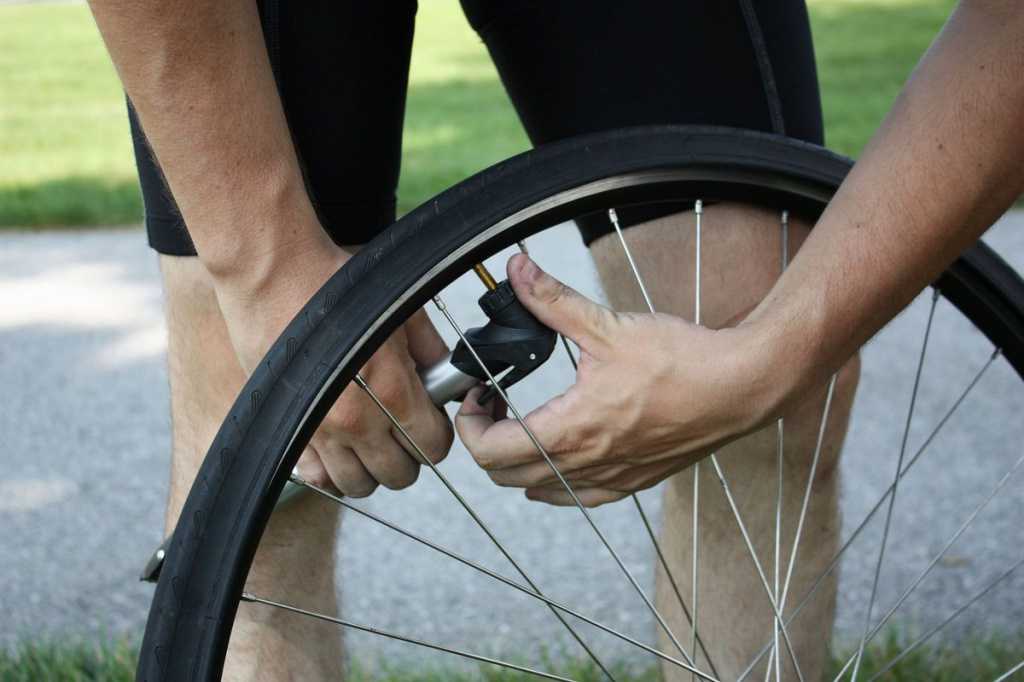 For the next winter season, it will be delivered in August, and summer tires in March.
For the next winter season, it will be delivered in August, and summer tires in March.
But by the season, the freshest tires will be on sale. This is true for those who drive very little, or for sports tires. The fresher the tire, the better the grip will be: the rubber compound loses its properties over time.
Always make sure that your tire pressure is correct: it is critical to tire health. If you lose pressure, do not continue driving on an empty wheel: this may destroy the tire.
Try not to store tires and the car within half a meter of heaters.
Old tires cannot simply be thrown in the trash or buried. This is hazard class 4 waste, they must be disposed of.
GOST 12.1.007-76
Tires can be sold on Avito or other ad service. It will turn out if there is no serious damage and the tread depth allows them to be used further.
Old tires are readily picked up by a tire shop.